1/72 German E-100 Ausf.Sechsfuessler Nothung – Available from HobbyLink Japan here.
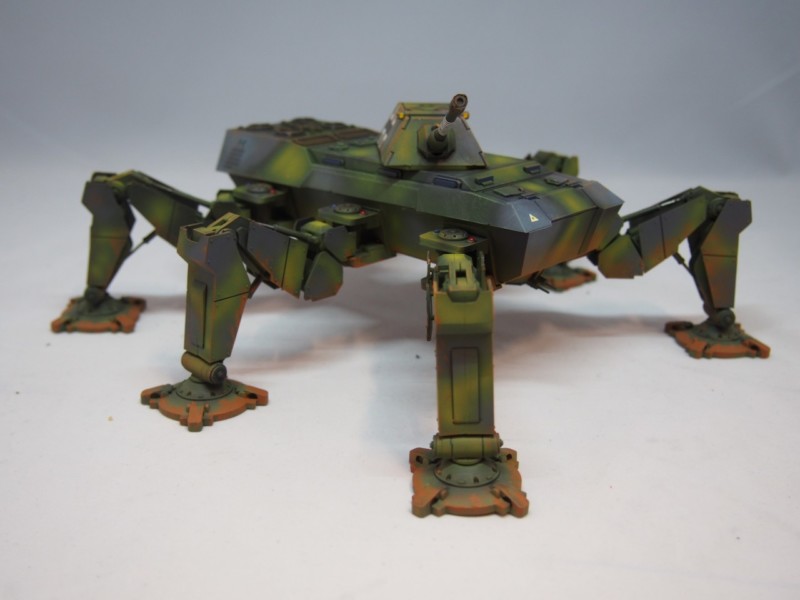
Looking to the Past to imagine the Future (…in the past)
I’ve often heard it said science fiction is not a way to test the moral attitudes of the age in which it is created in a safe ‘sandbox’, but also the Alpha program for the technology of the future.
Indeed, wander round NASA and ask any tech type about Star Trek especially, and no doubt you’ll get some rather positive responses – and fairly so…
Writers/film-makers are creative types, after all, and it is not unreasonable that when minds wander into the future they might speculate on what might change, good and bad in the human toolkit, which began with the fire-hardened stick, and seemingly has no end…
Practical and Yet Inhuman
When The War of the Worlds was first produced, HG Wells was consulted as to why he felt his evolved Martians – little more than brains, making and discarding artificial bodies as needs demanded. His view is fascinating. He felt that technology has to serve multiple purposes, one of which is conforming to the physical parameters of the creators. He the qualified this by suggesting that a battleship not only has to be designed with issues of buoyancy, streamlining, protection, and threat in mind, but also fashioned around the frail crew. His view on his own creatures was that, though the Martians had evolved to the point of almost perfect intellect, their almost vestigial bodies representing their progress towards absolute logic in some fashion. Yet, in their minds, was left it seemed a memory of the creatures they might once have been, hence why their war machines strode out as tripods – not so much tanks as what we might call powered armor. A metal ghost from an evolutionary past, made more disturbing to the naked apes of Earth in that they were, presumably a three legged species, and defaulted to that in their tinkering: bound, despite their vast, cool intellect, by biological memory.
This outlook has fascinated creators for decades, and influenced writers from Robert Heinlein to Tomino Yoshiyuki in the creation of their own speculative views of humaniform technology in war and peace.
However, it is where SF crossed out into the real world that things got interesting.
Marching to War
As we can see from this Verge feature, industrial concerns have begun taking the idea of power augmenting suits and frames increasingly seriously of late – no doubt with nostalgic memories of the last round punch out between Ellen Ripley and the Xenomorph Queen. This makes perfect sense, with Ford reporting very positively on their test suit, as it has gone through refinement.
However, it is to the inevitable war machine that I wish to focus most of this piece, as it was in this environment that the concept of the walking vehicle was first taken seriously enough to warrant serious funding. Which is strange, given the seeming disadvantages such devices have today, outside the bounds of fiction.
Consider why tanks ‘work,’ for example. They were developed to be able cross muddy ground by distributing the weight of the vehicle over the maximum surface area possible, thus reducing ground pressure at any given point. Walking machines, though on paper projected, to be able to handle rough terrain with greater ease, would also suffer from increased ground pressure, owing to the smaller number of points across which the weight of the vehicle was distributed.
This can be seen in the fact that even crude vehicles, such as the MkIV british tank could cross ground that even unburdoned infantry could not, as the foot soldiers would simply sink into the morass.
A walker able to carry the same firepower as a tank would simply not be as mobile – at least with current technology – nor as stable, for the discharge of such weapons.
Missing the Point
However, before I throw the baby out with the bathwater, I must rein myself in and reiterate that this point of view comes from both an eye to current technology AND the – seemingly reasonable – notion that, as the model kit being reviewed would, such technology would simply replace their counterparts in the military.
I think we have to view this more laterally.
Certainly, at least for now, the militaries of the world (mainly meaning the US) have set aside the idea of a mobile suit, or tripod tank, but that does not mean the ‘walker’ is a lost cause.


For example, though it was ultimately cancelled in its current form (owing to noise and technical concerns), the US Marine Corps had been trialing a four legged Mule bot, being developed by Boston Dynamics for trials by DARPA.
Not a weapons platform, but a simple load lifter, as the Marine Corps were (and are still) looking for ways to reduce the personal deployment load of each individual marine in the field. Today, as US Marines, being beachhead troops for the Navy and often the first into any action, have to carry a great deal of supplies in case of delays in establishing reliable logistics. This means that the average loadout for a rifleman in the field can exceed 120 pounds, with heavy weapon/AT troops often having to carry up to 200 pounds in weight – after accounting for water, food, meds and other materials apart from weaponry.
The Mule was conceived as a way of taking the strain, and offsetting the increasingly prevalent spinal injuries being caused to infantry across all active combat services by the loads they are often required to bear.
This does not mean the future will not see walking AFVs, but the first steps on the battlefield are likely to be taken by machines such as the Mule, not the Nothung – as picturesque that idea might be… 😀
The Build
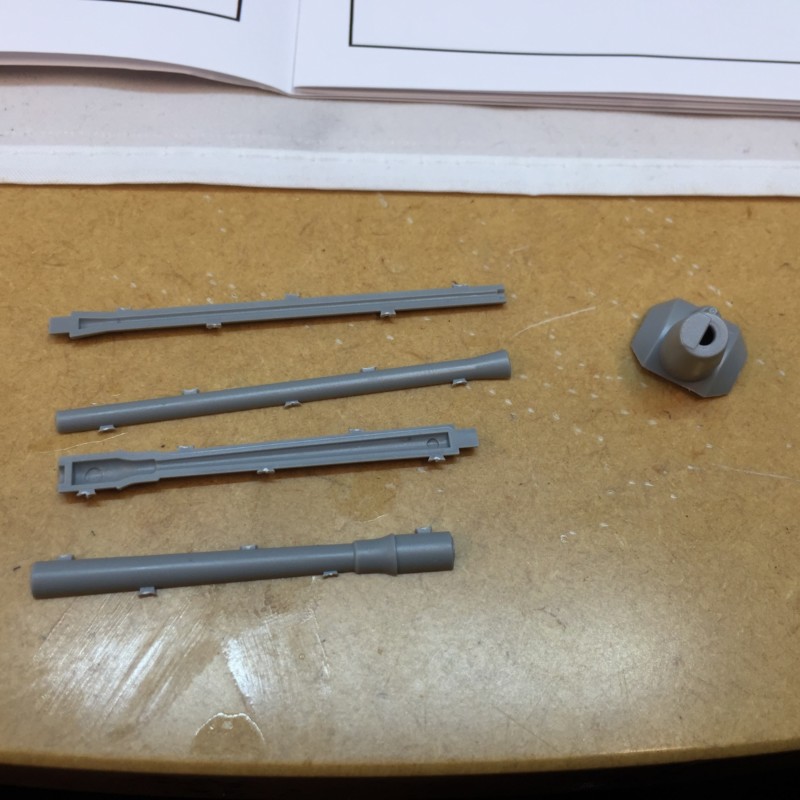

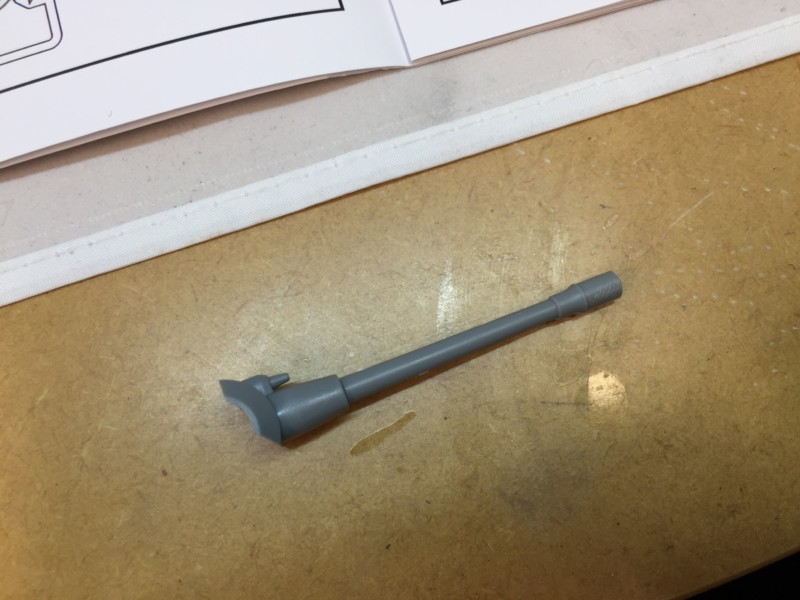

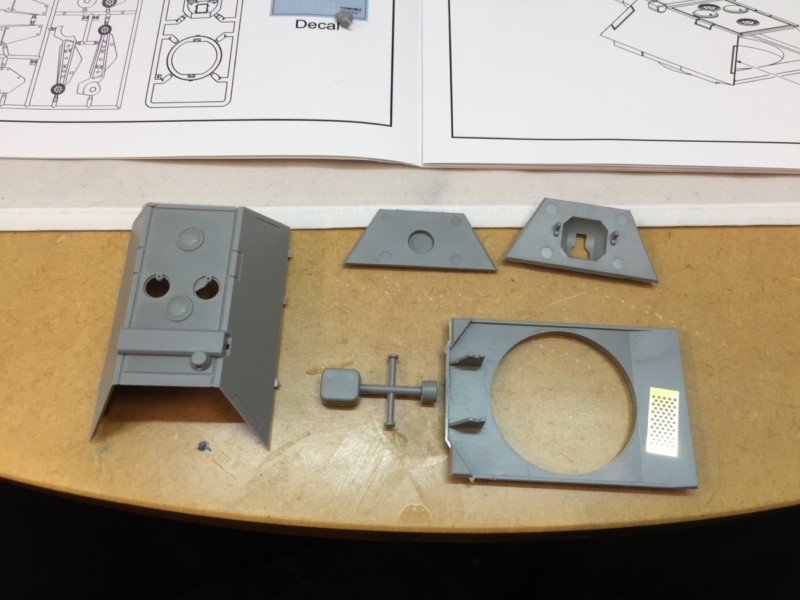

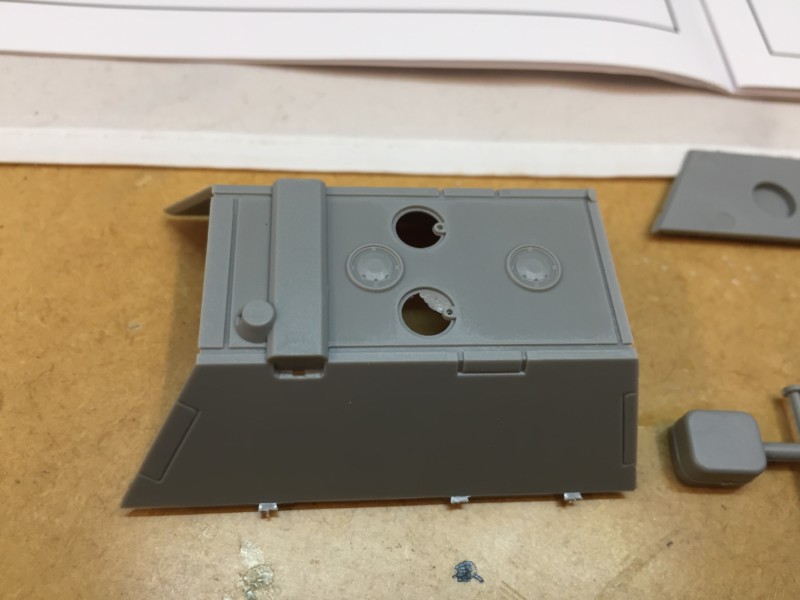

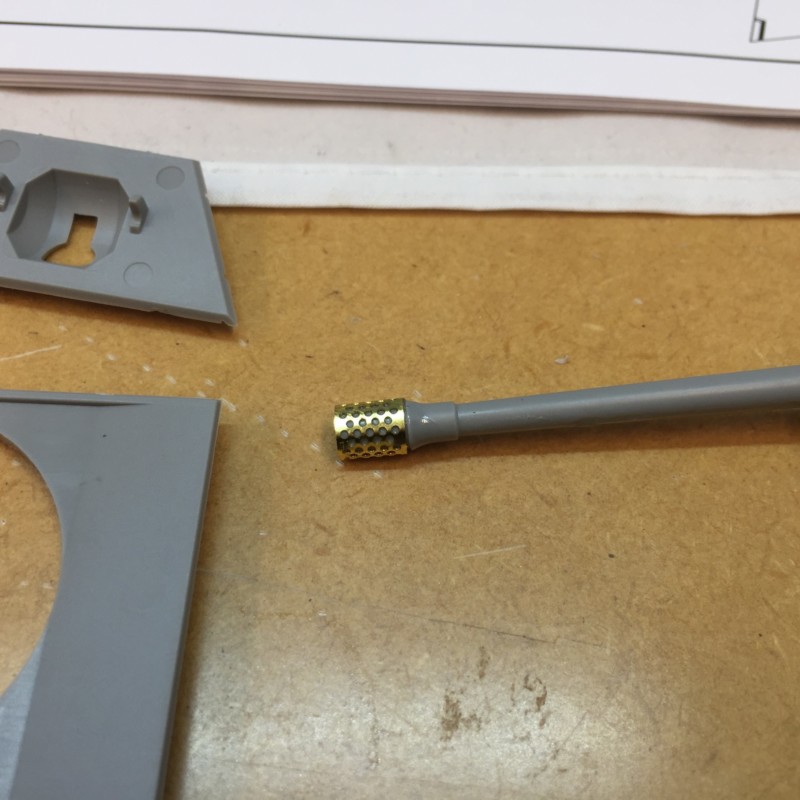

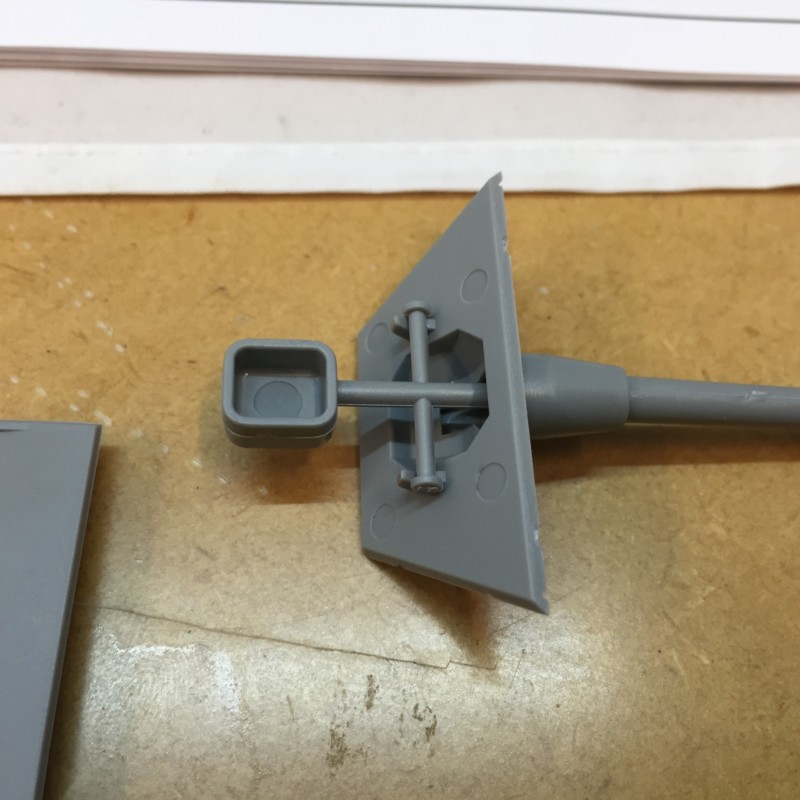

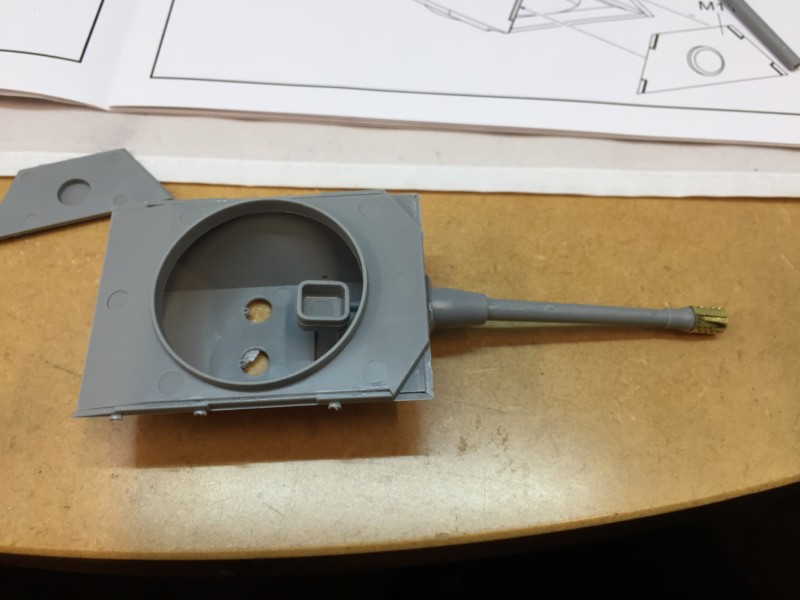

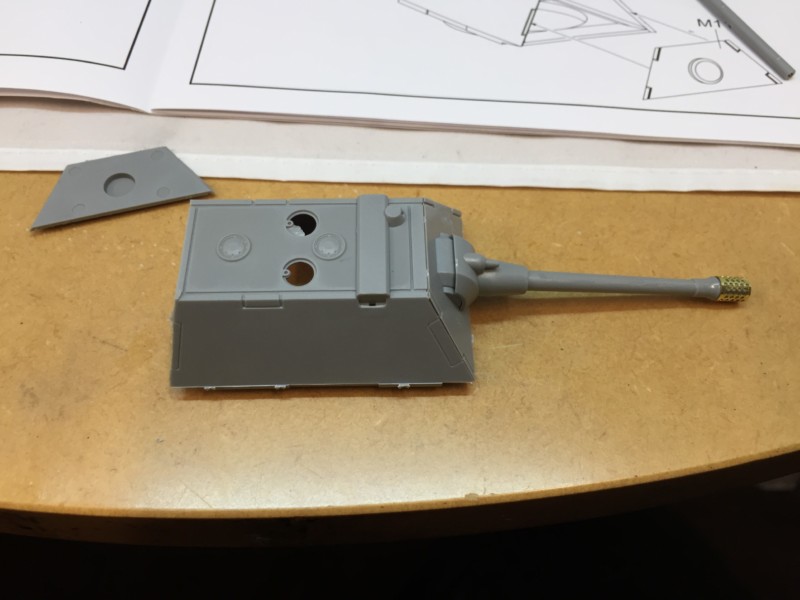

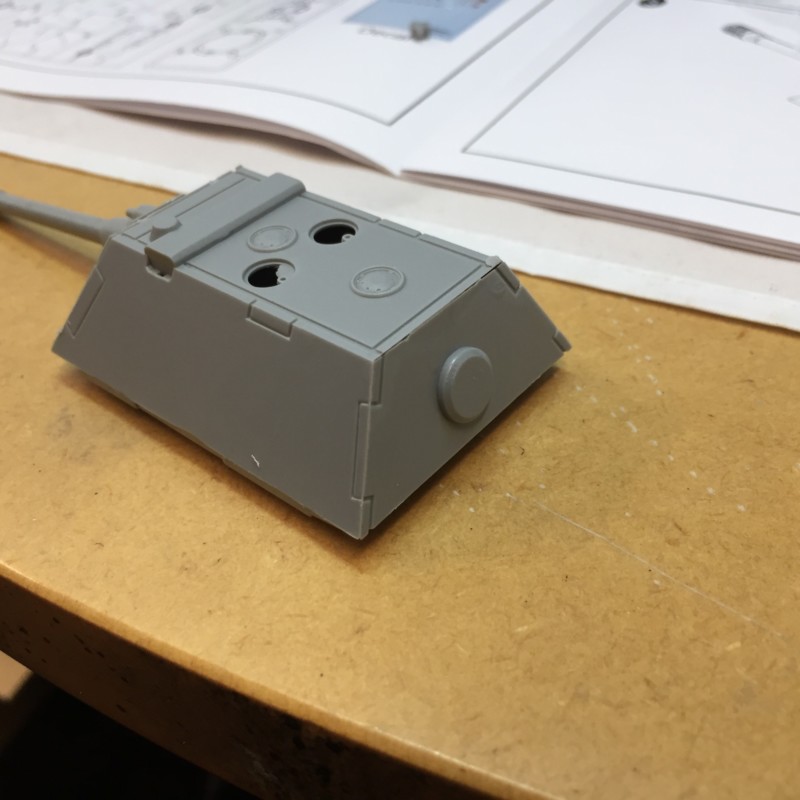

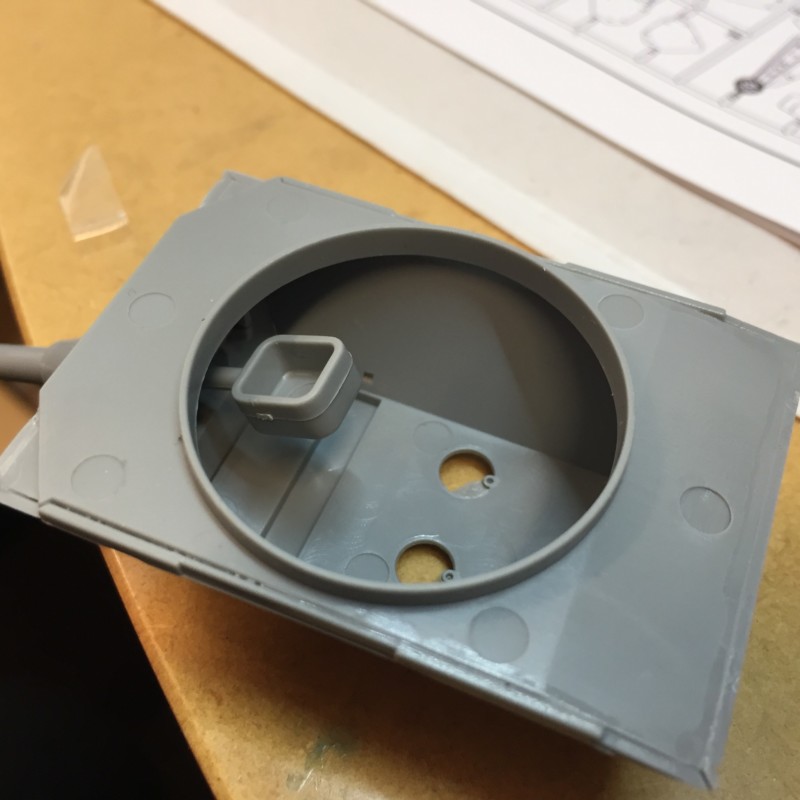



A fairly crude turret assembly, which is reminiscent of the gun housing of a real life Jagd Tiger, or even the infamous Maus.
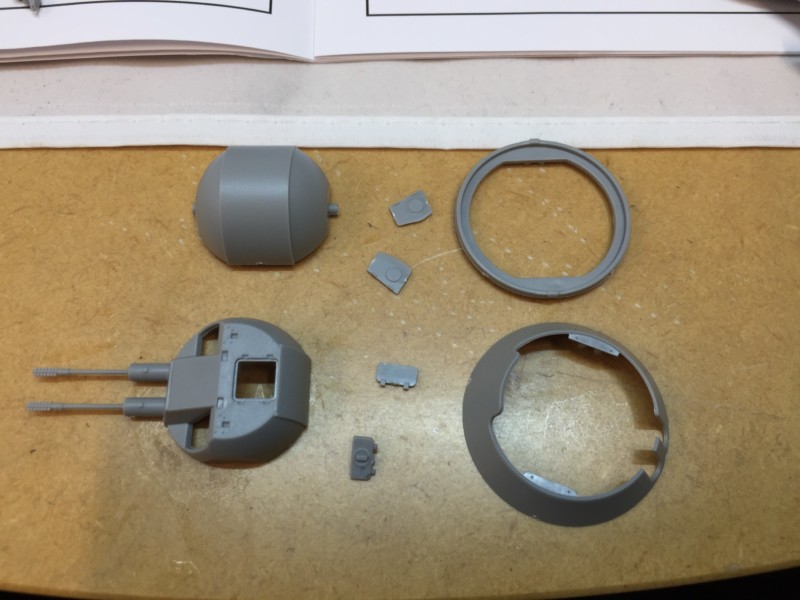

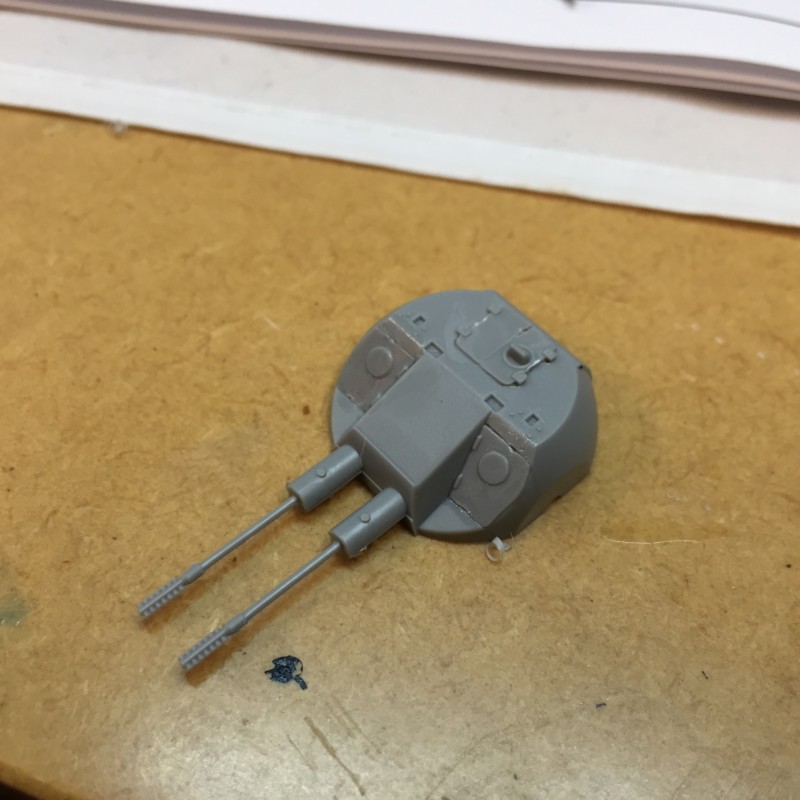

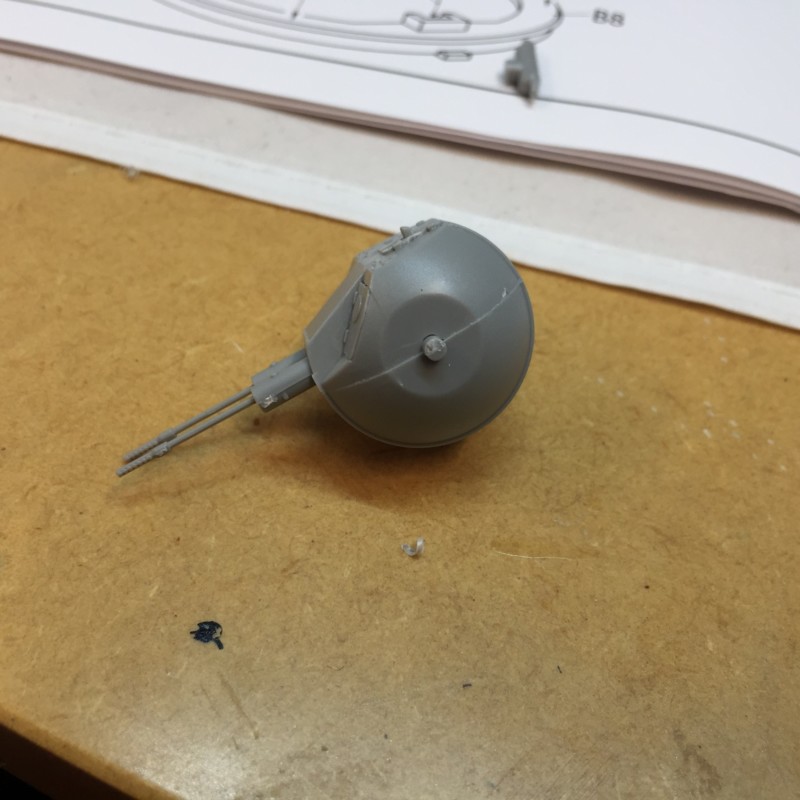

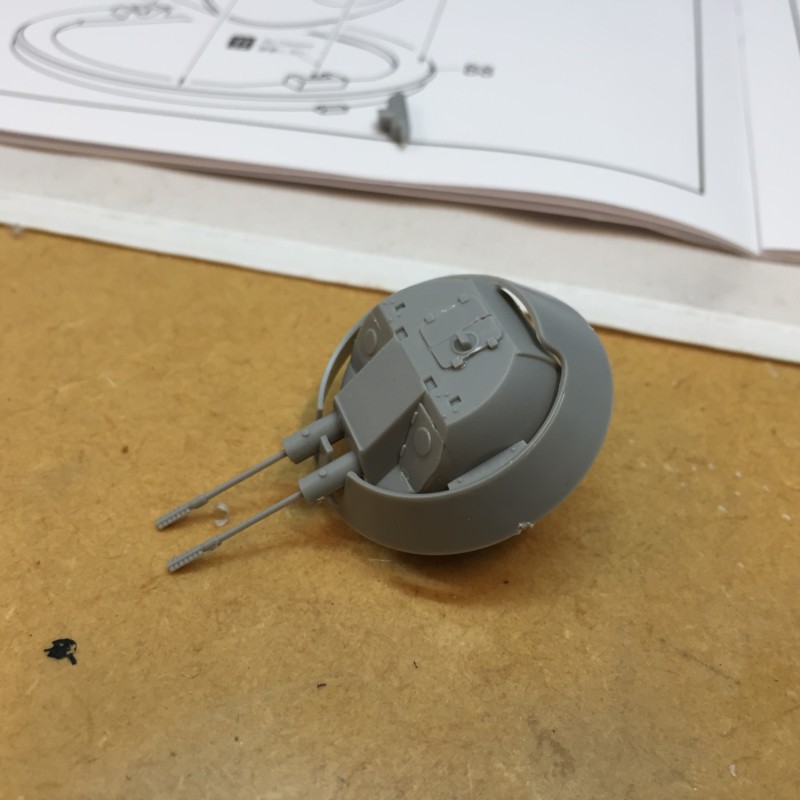



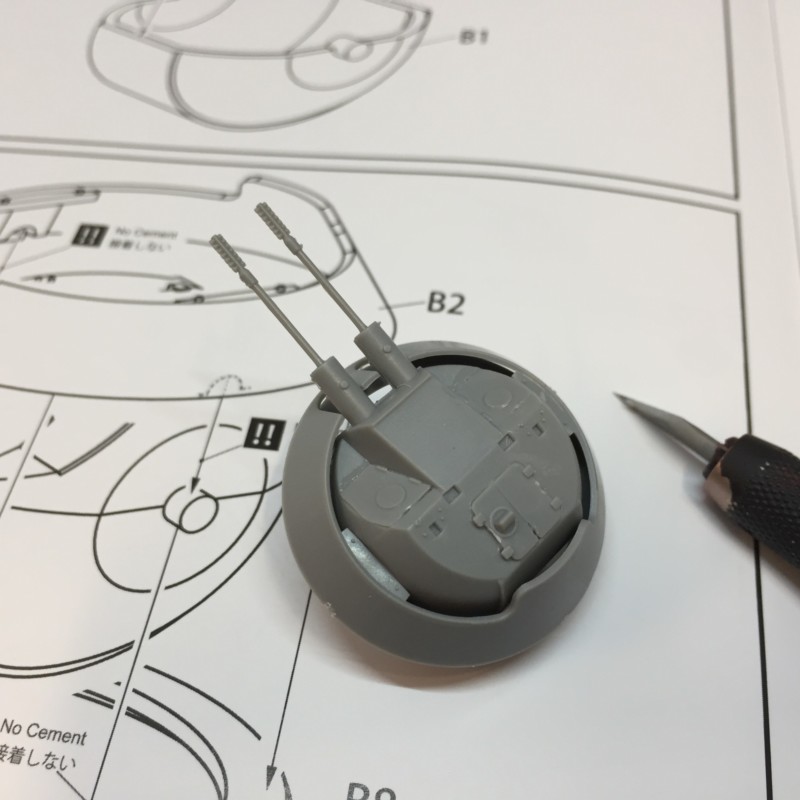

A fascinating touch this. Being a walker, this forward mounted anti material ball turret, which is reminiscent of belly guns found on heavy bombers adds a touch of faux reality and interest to the model.


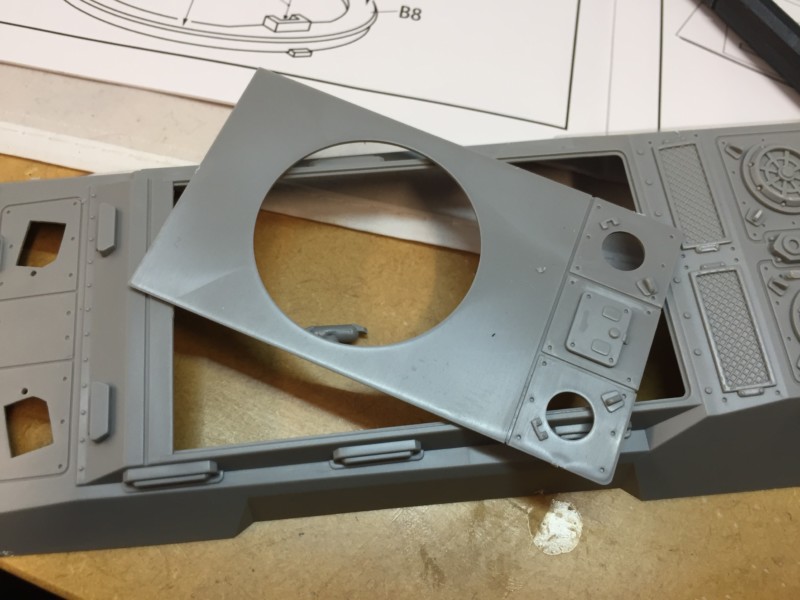

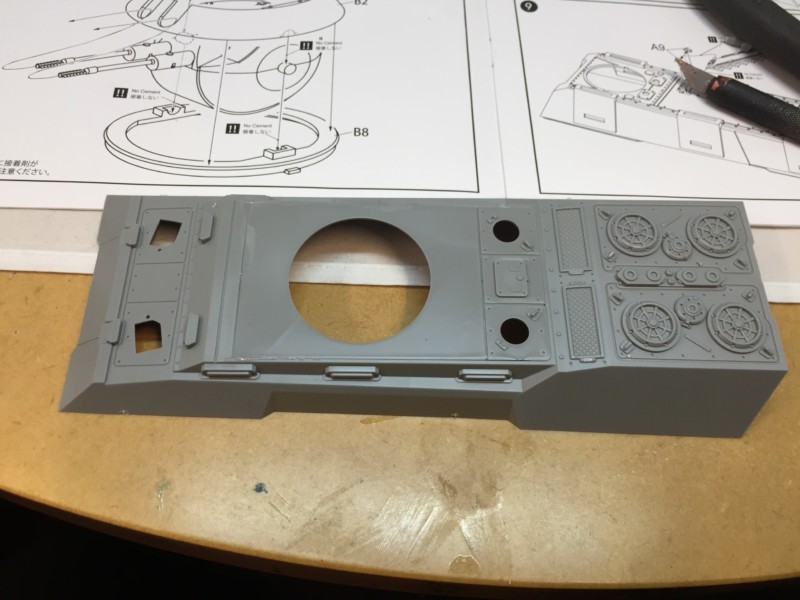

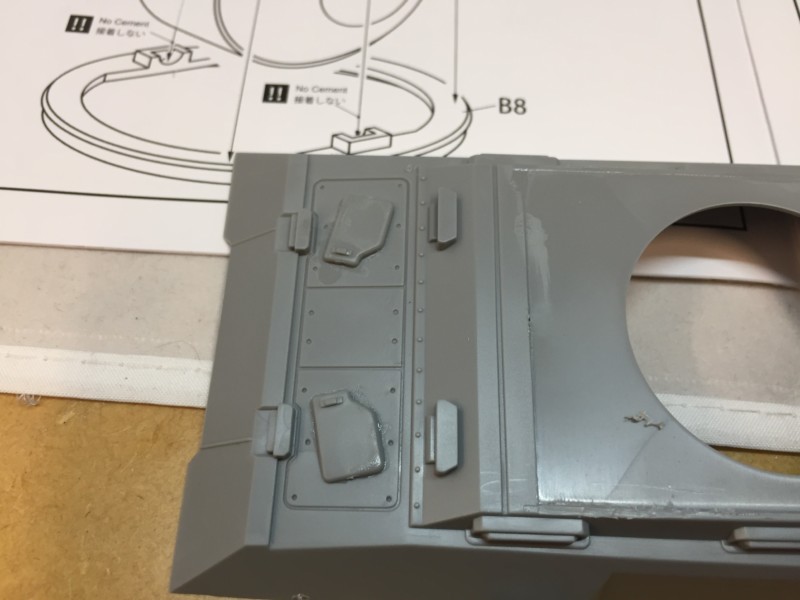

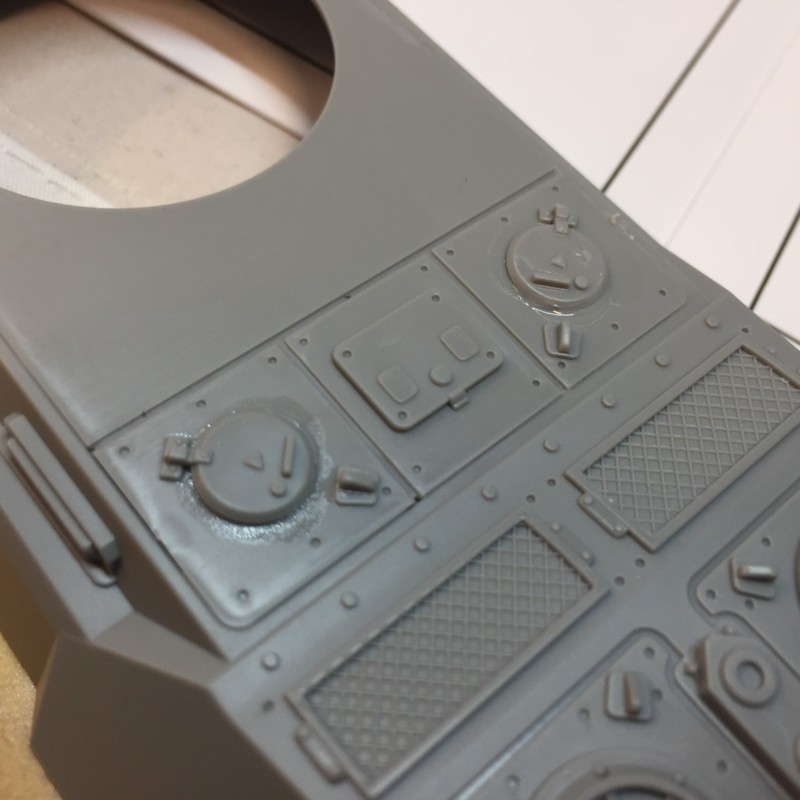

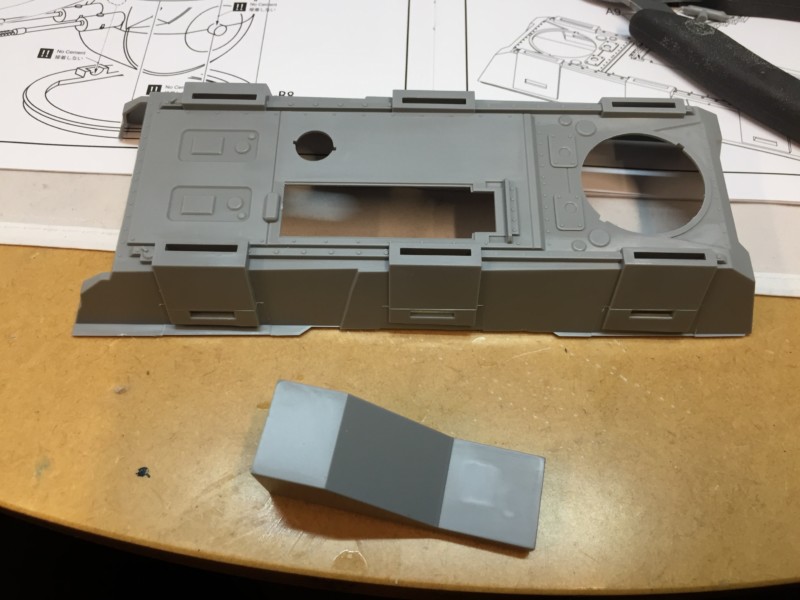



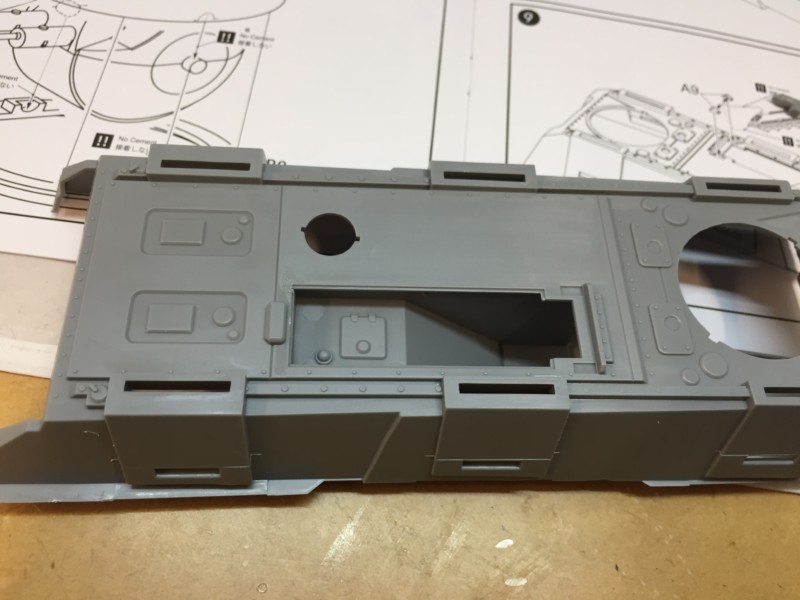



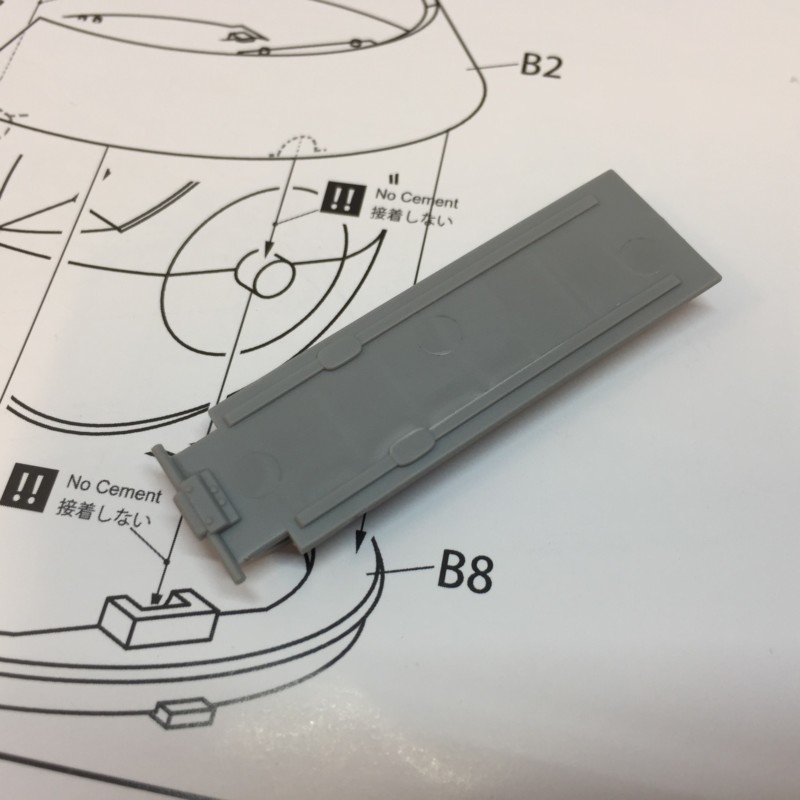

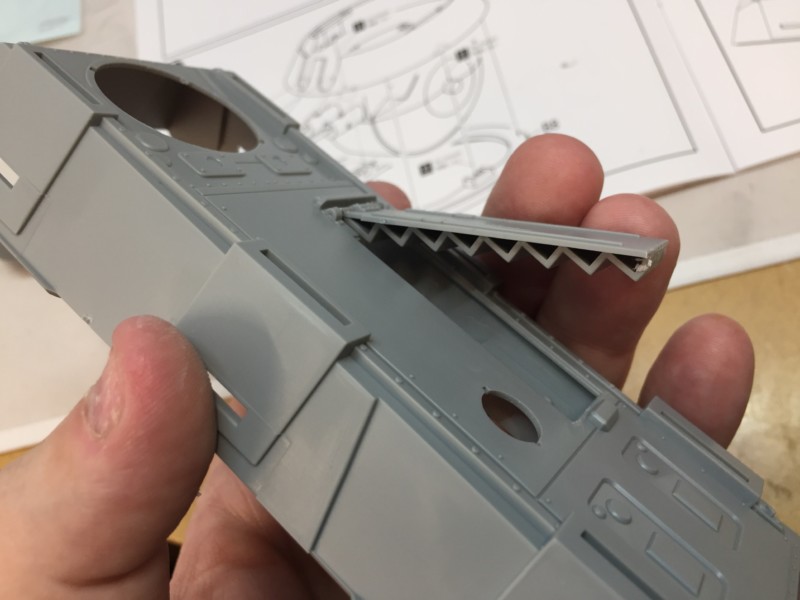

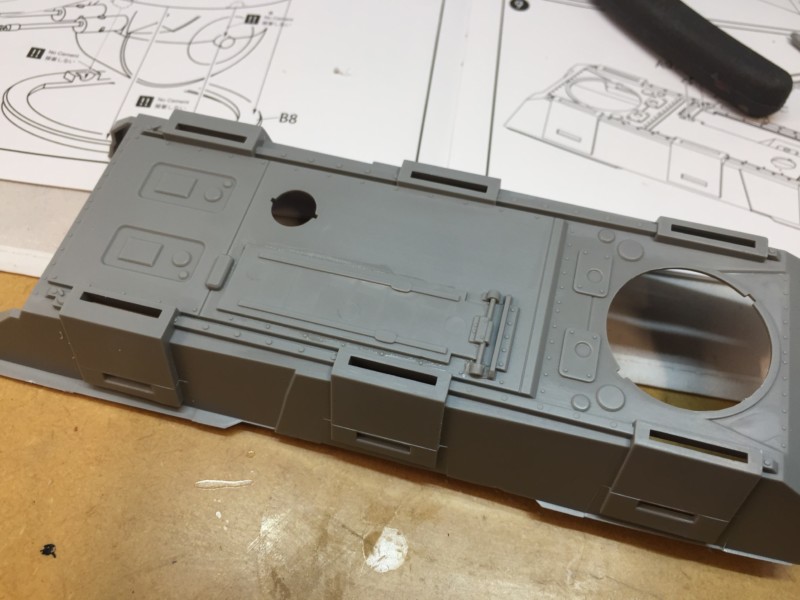

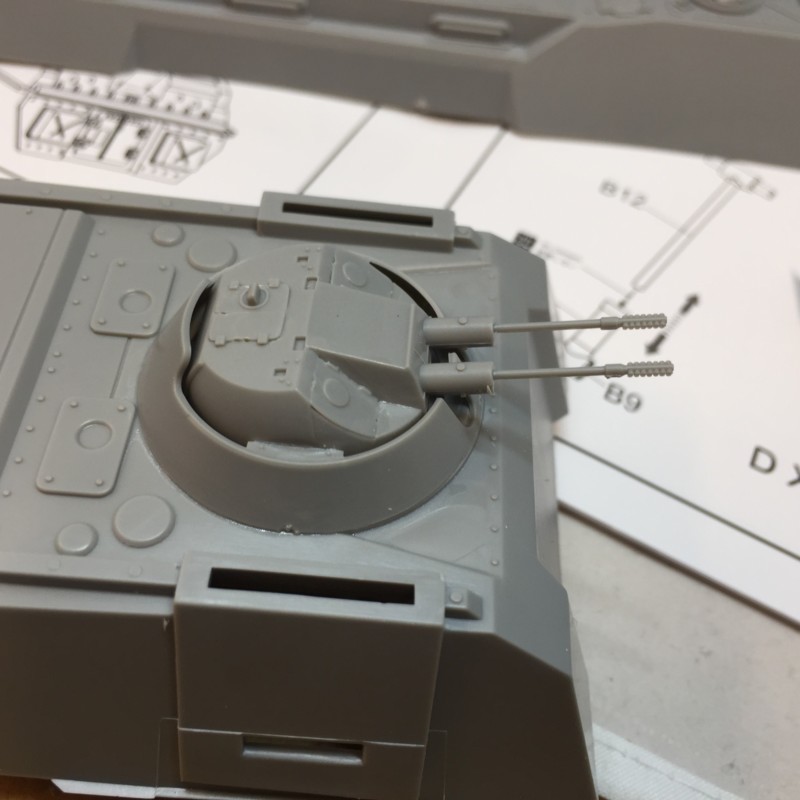

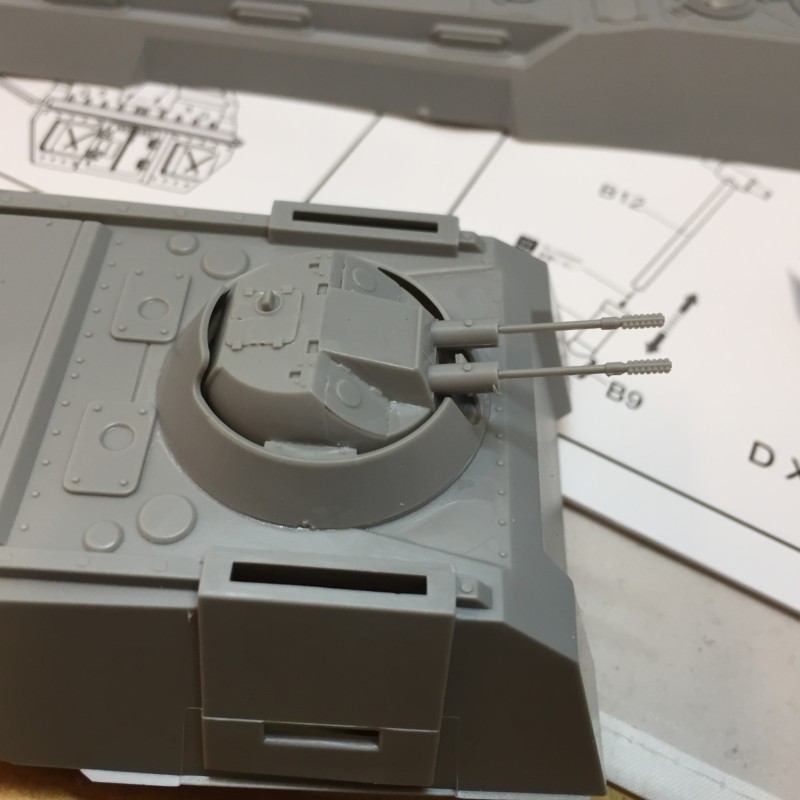

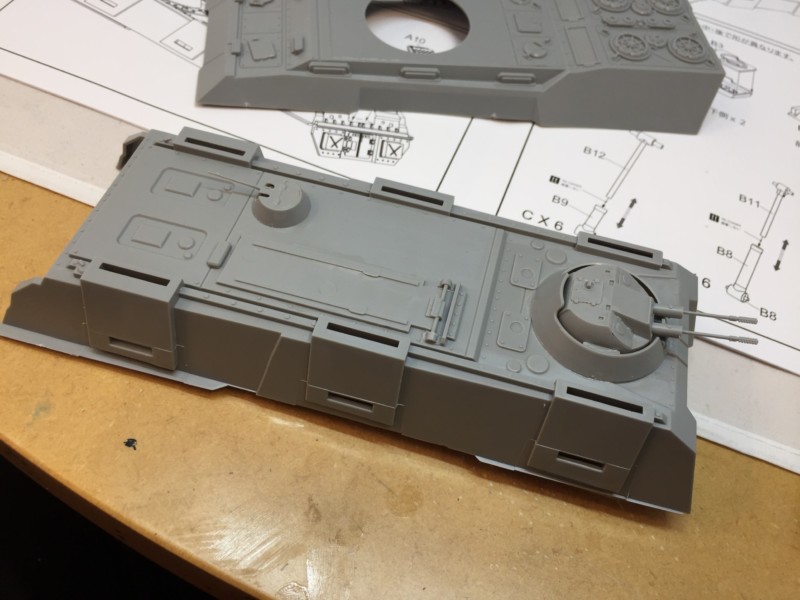

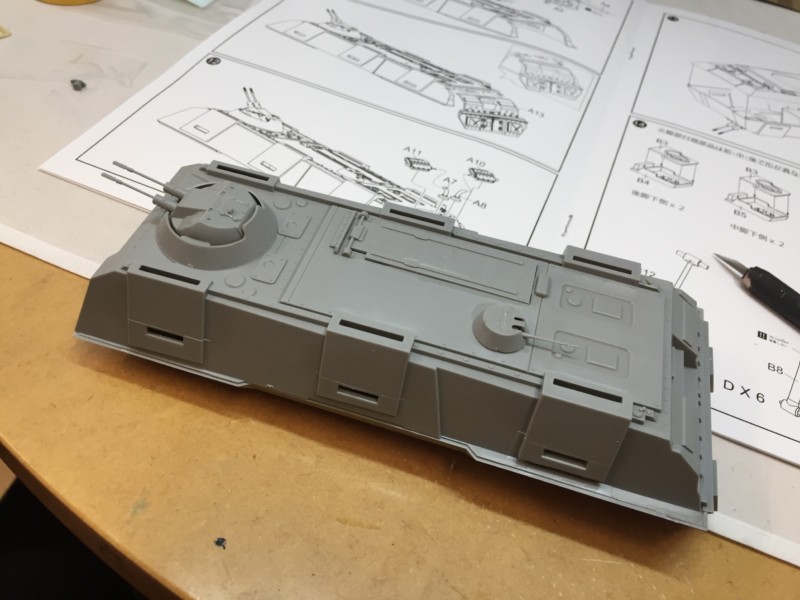



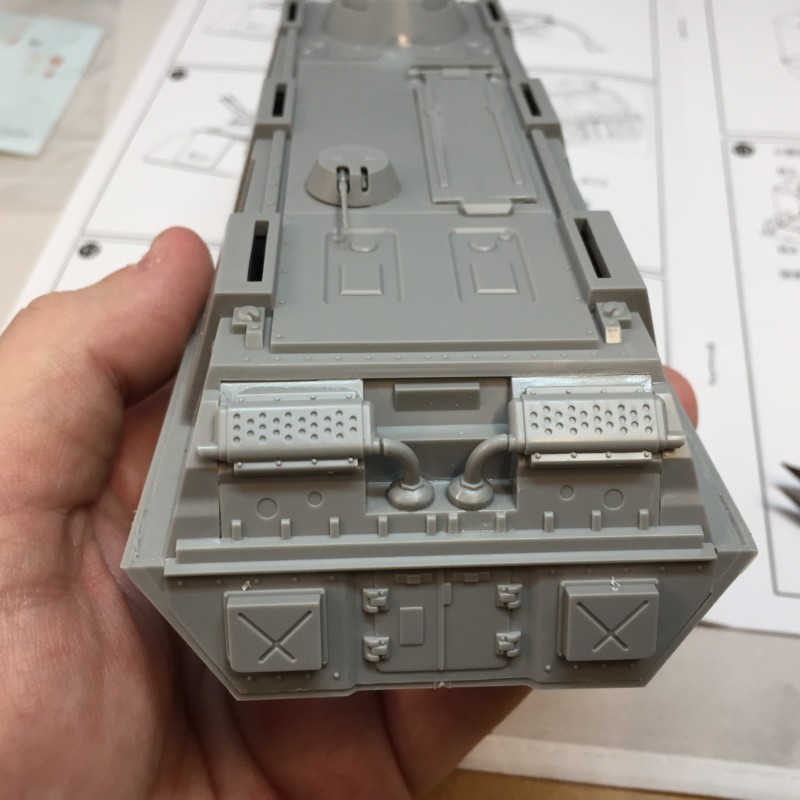

The same sense of faux reality is found in the loading ramp (as this is also considered a troop transport) as well as the HMG mount which covers the ramp. a practical touch and demonstrating a good attention to the practical details of an AFV – no spikes, or fluff, just plain, simple detail.
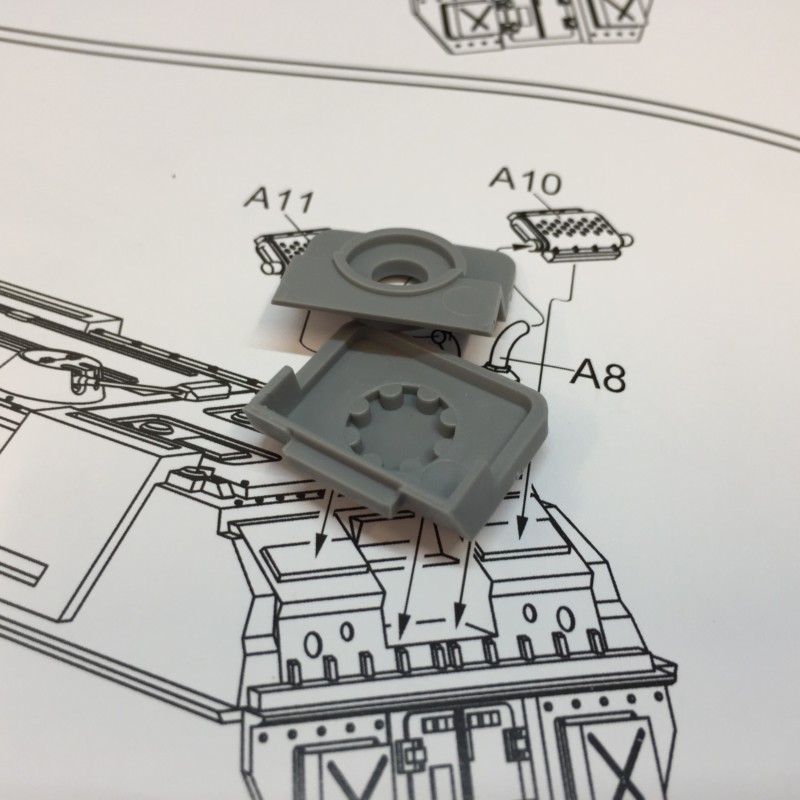

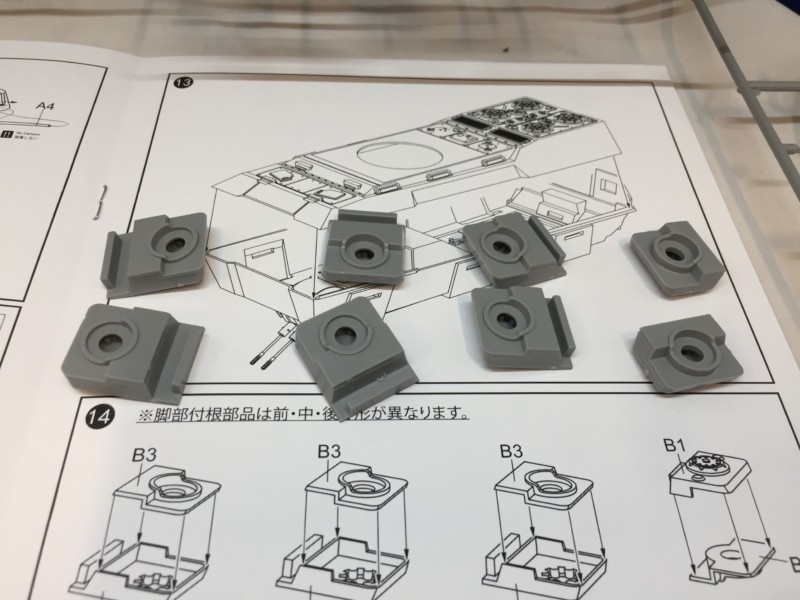

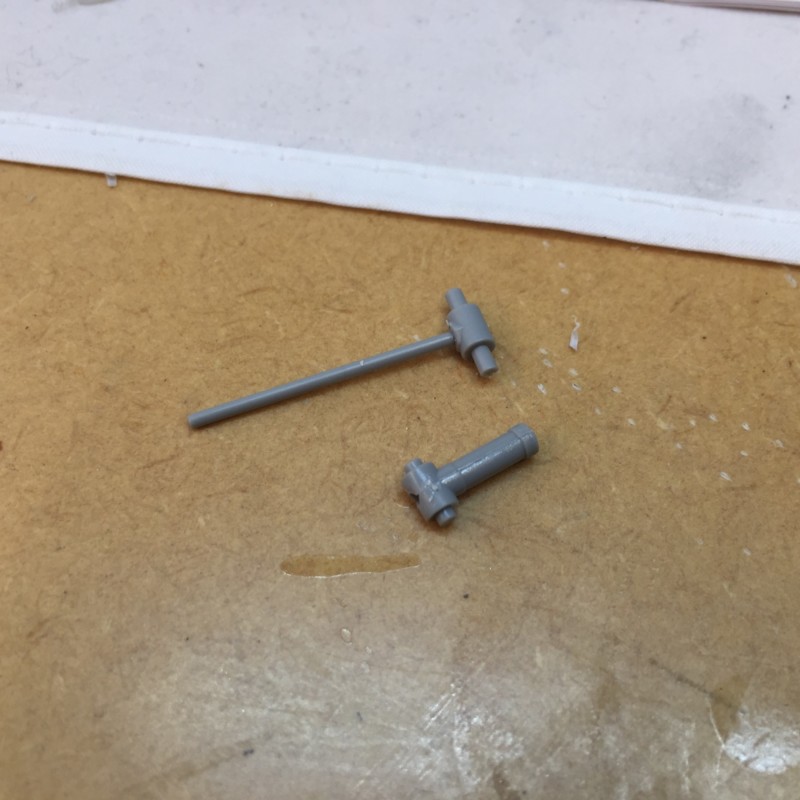



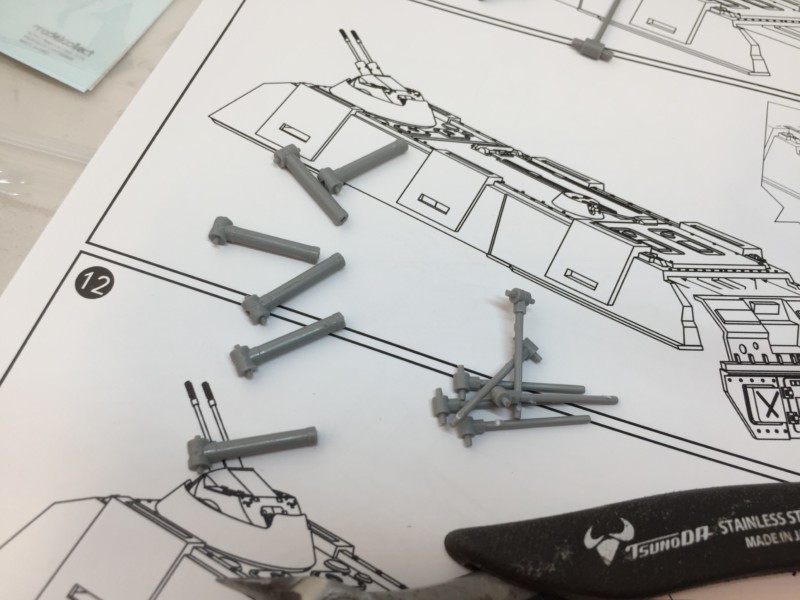

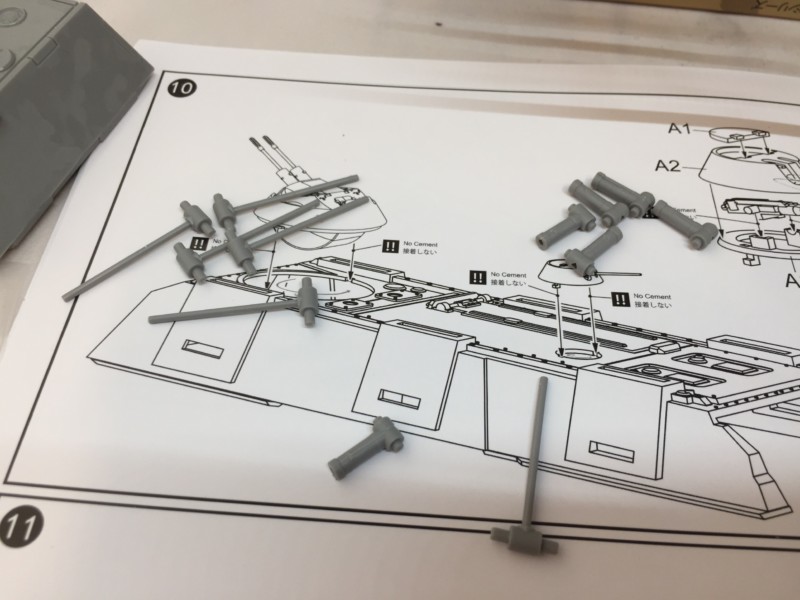

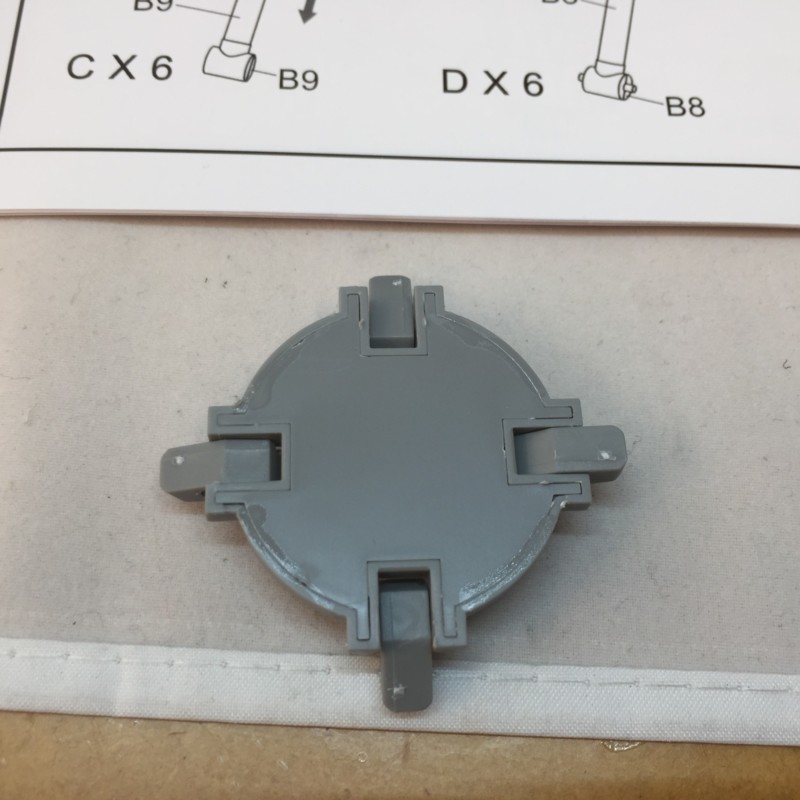

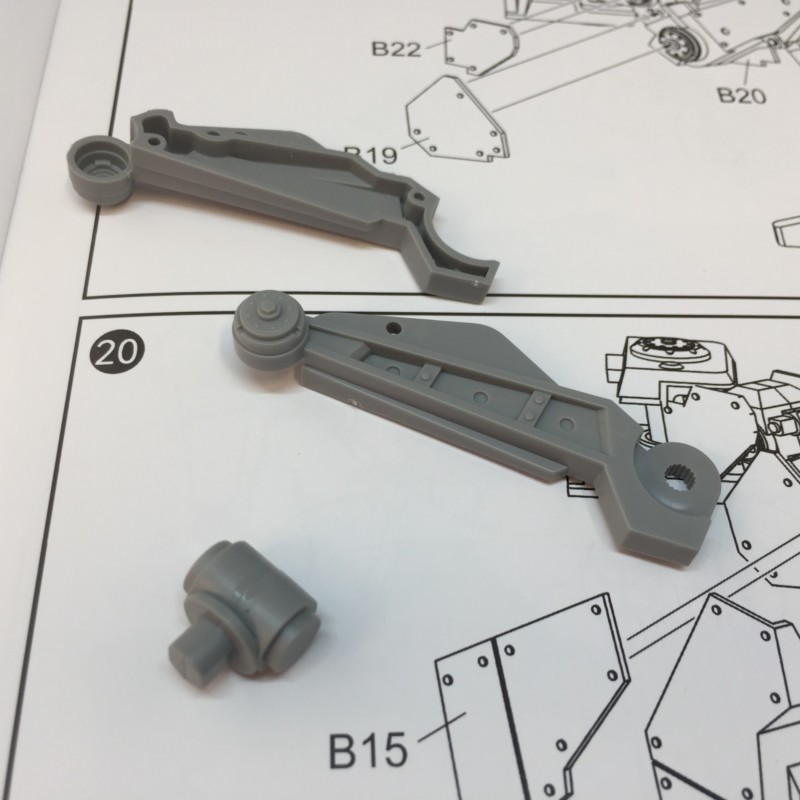

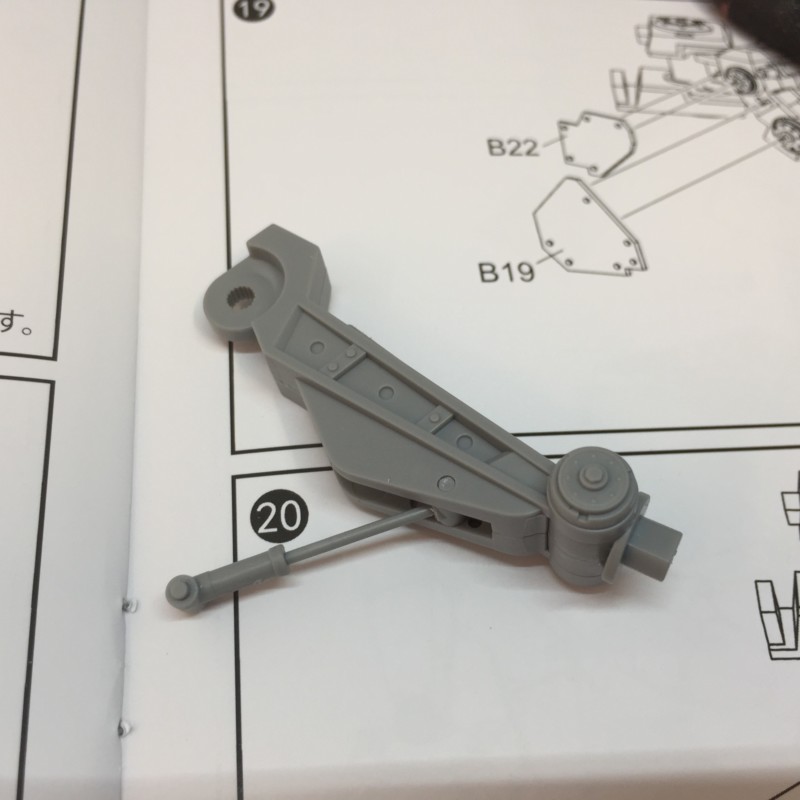

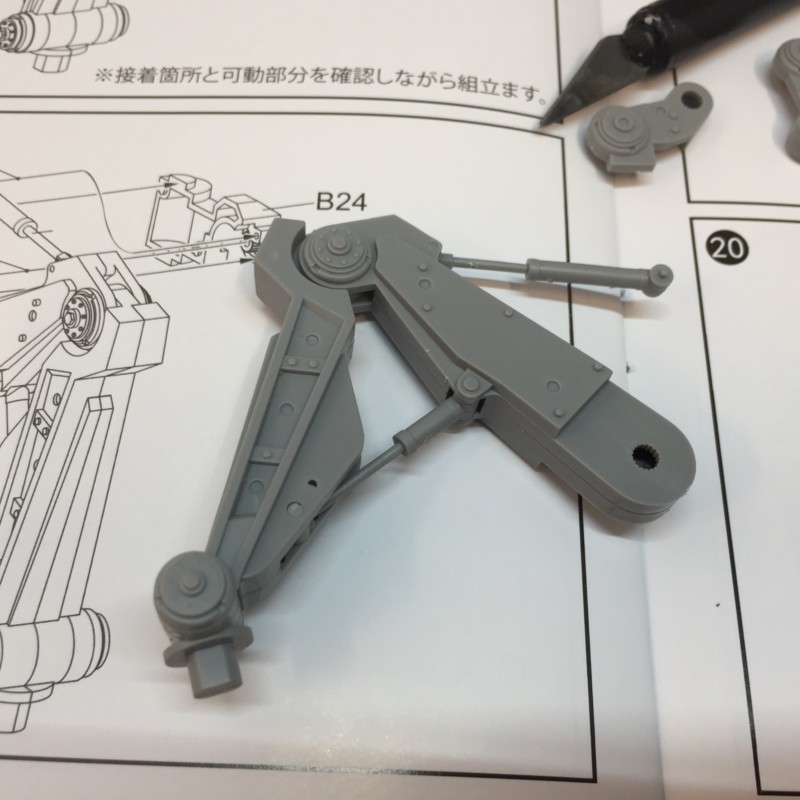

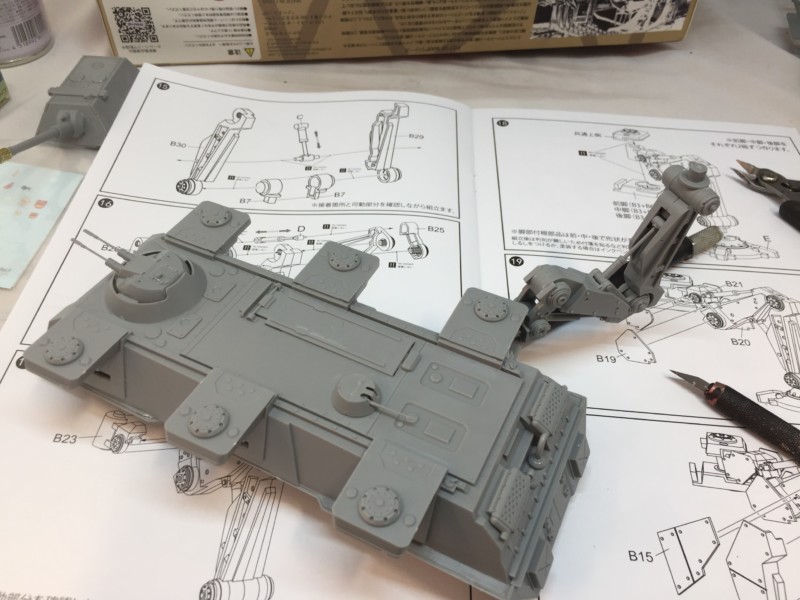

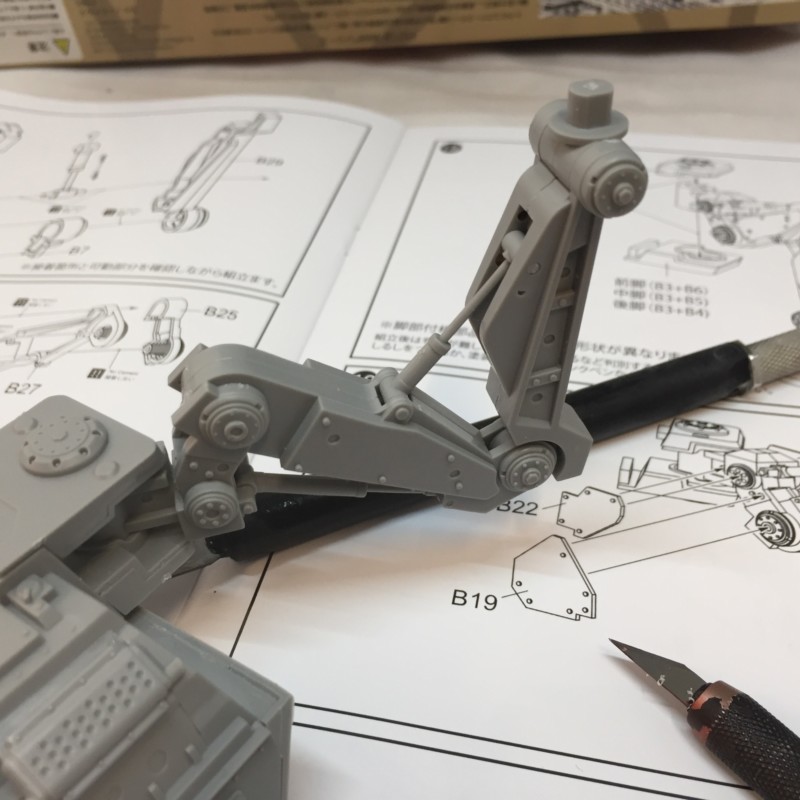

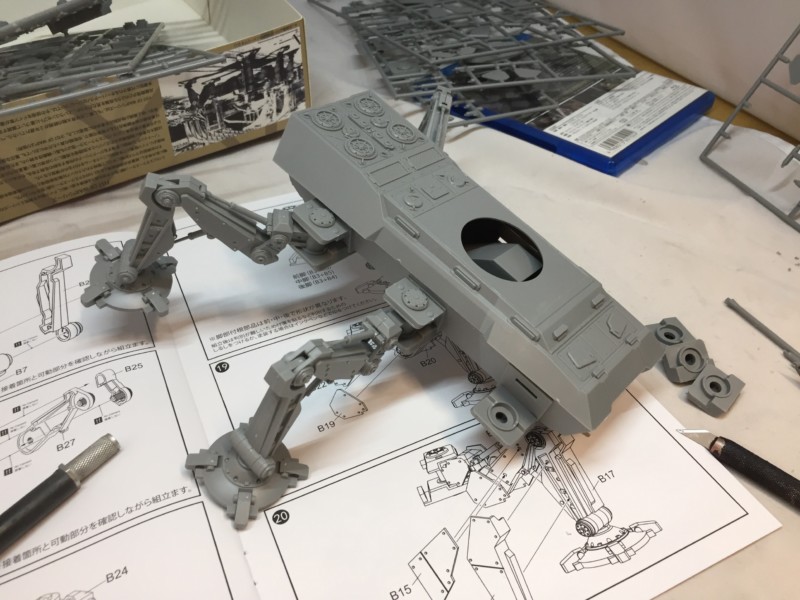







The legs themselves are based on industrial load bearing stabilizers, such as can be found on from modern trucks and cranes. They have a practical utility in their appearance.
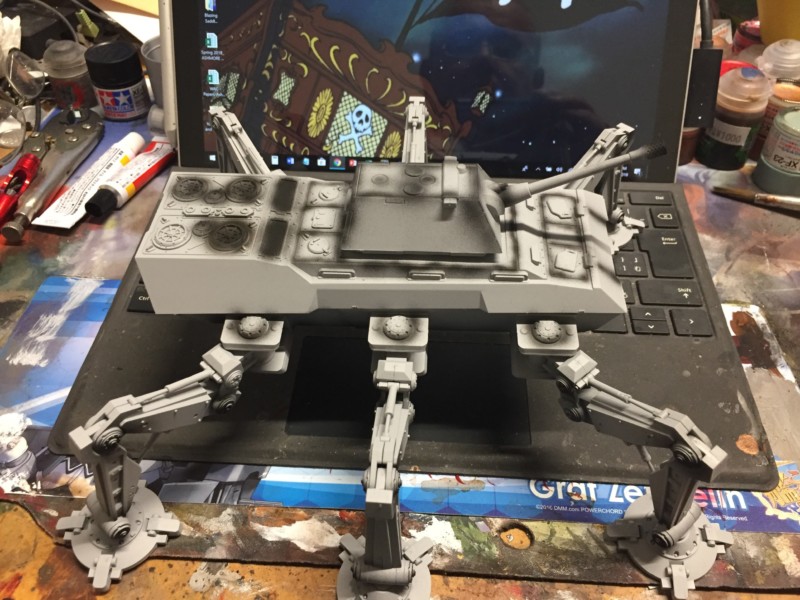

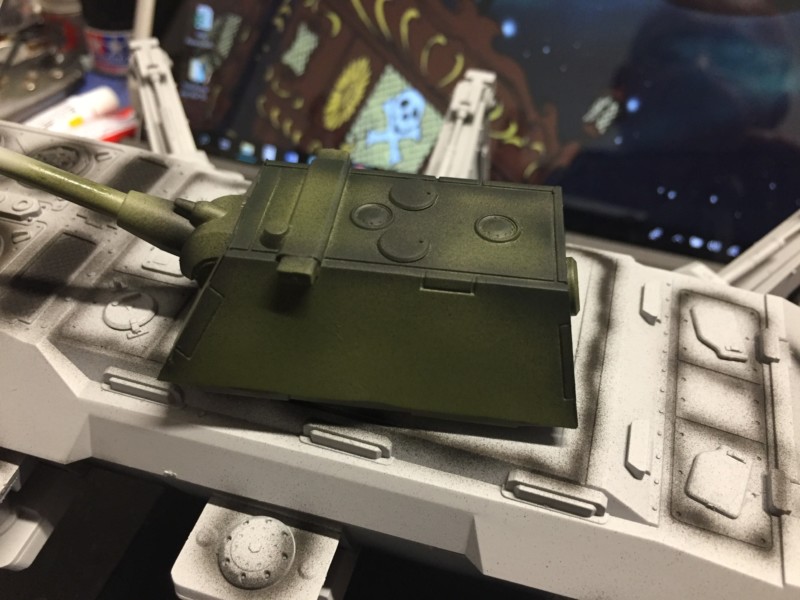

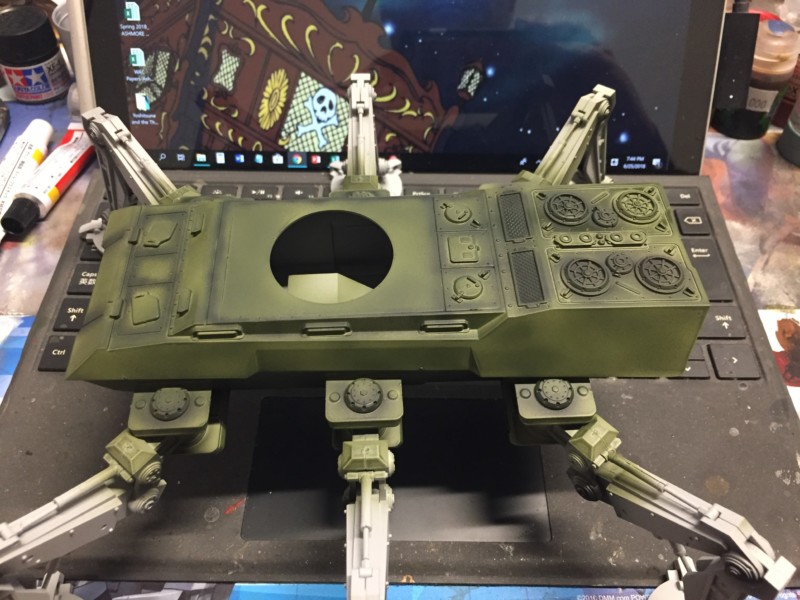

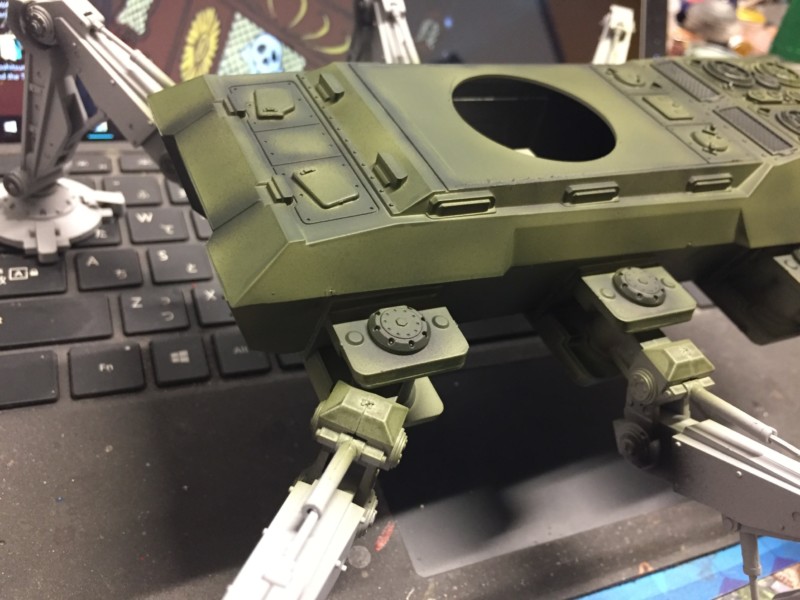

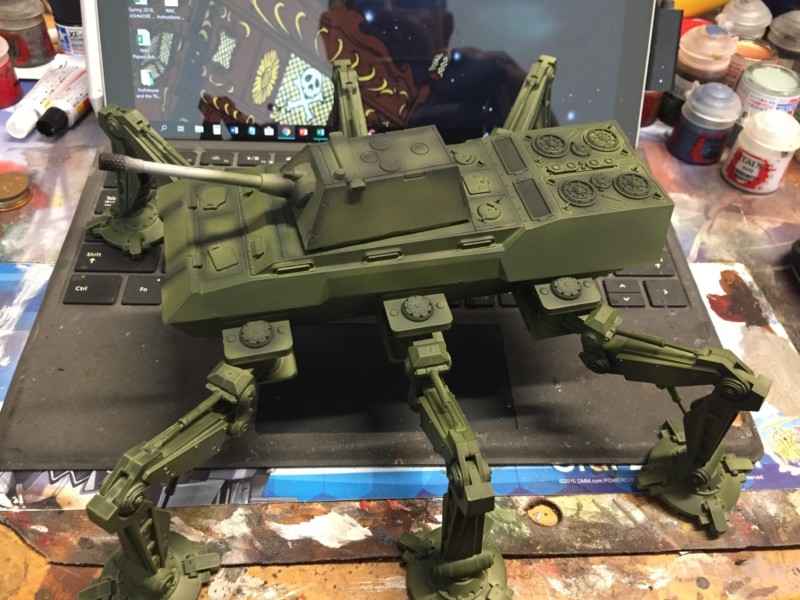

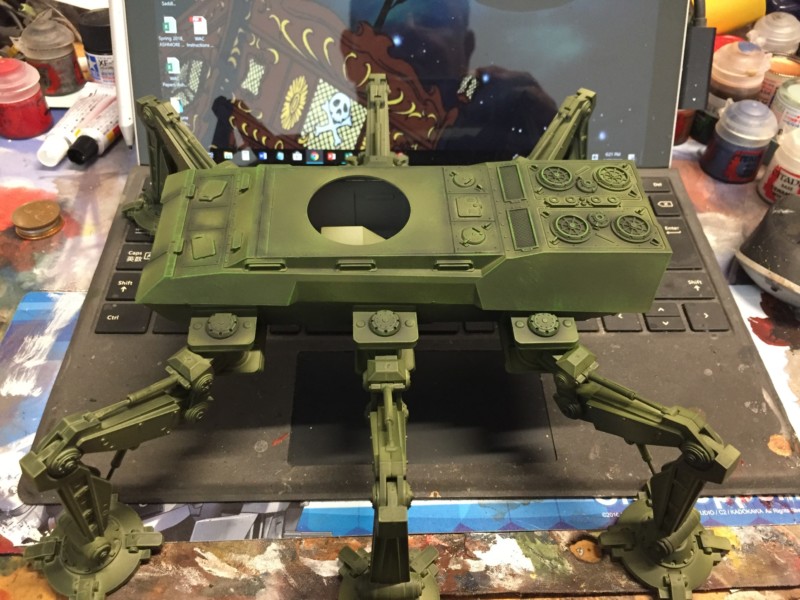

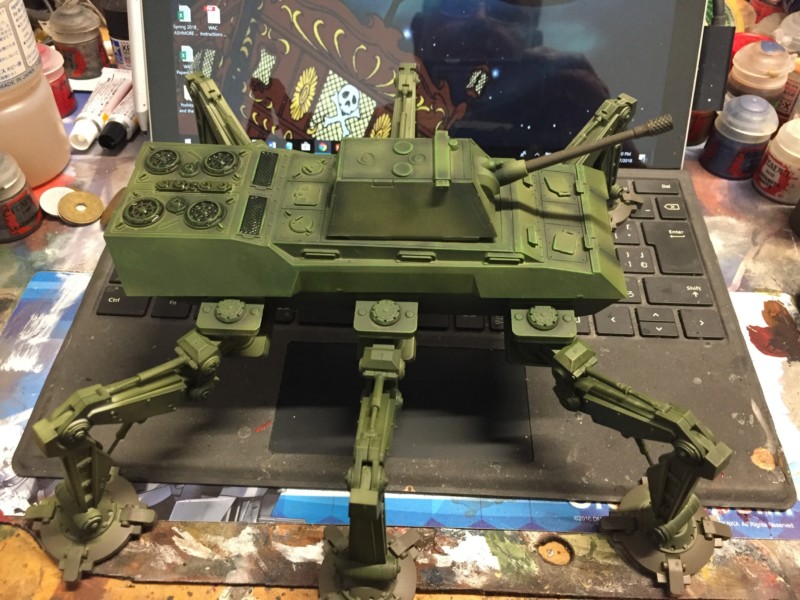

Base coat over black lined gray undercoat.
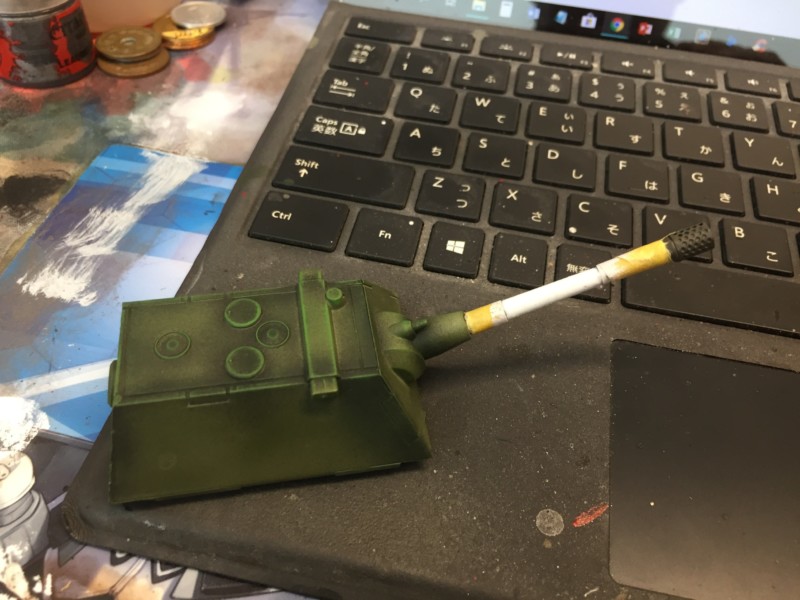

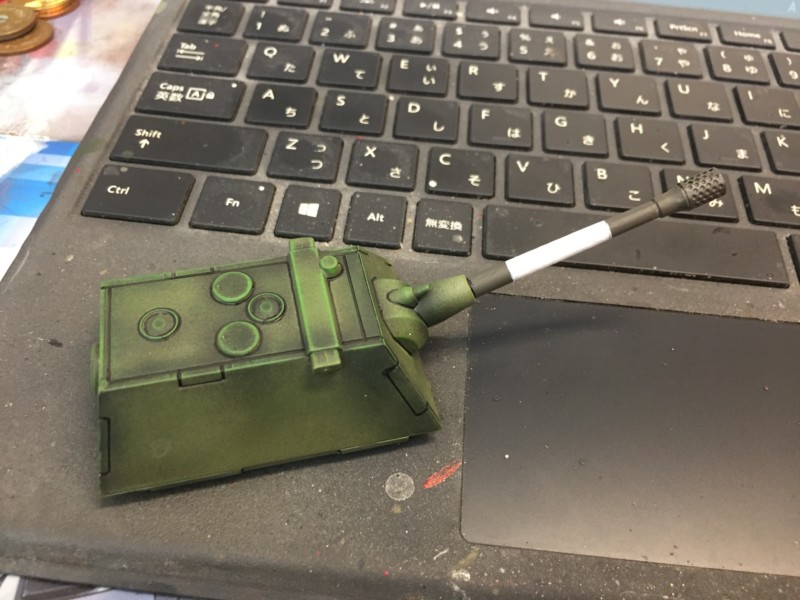

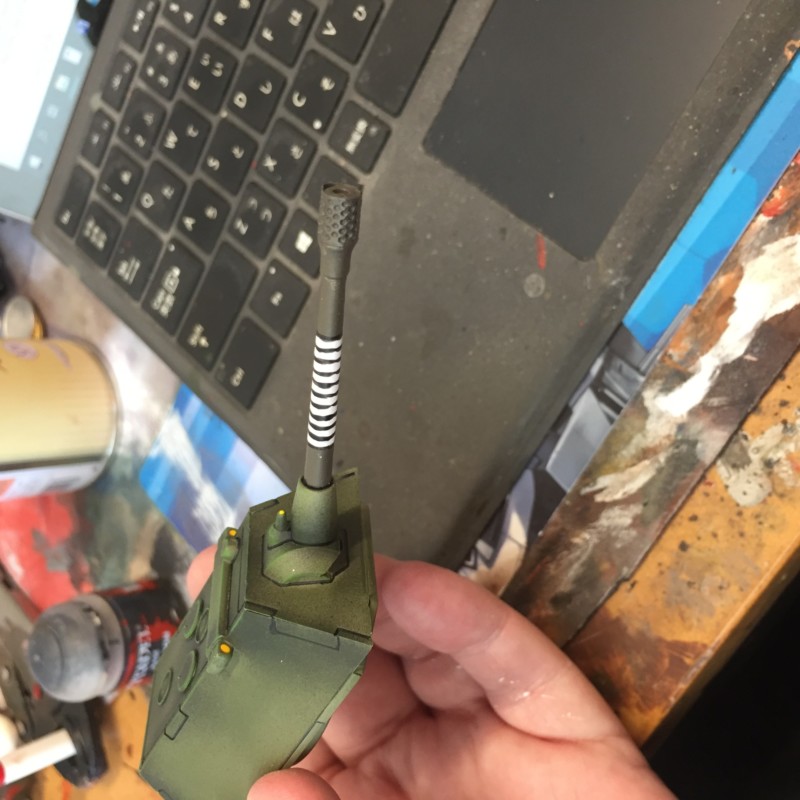

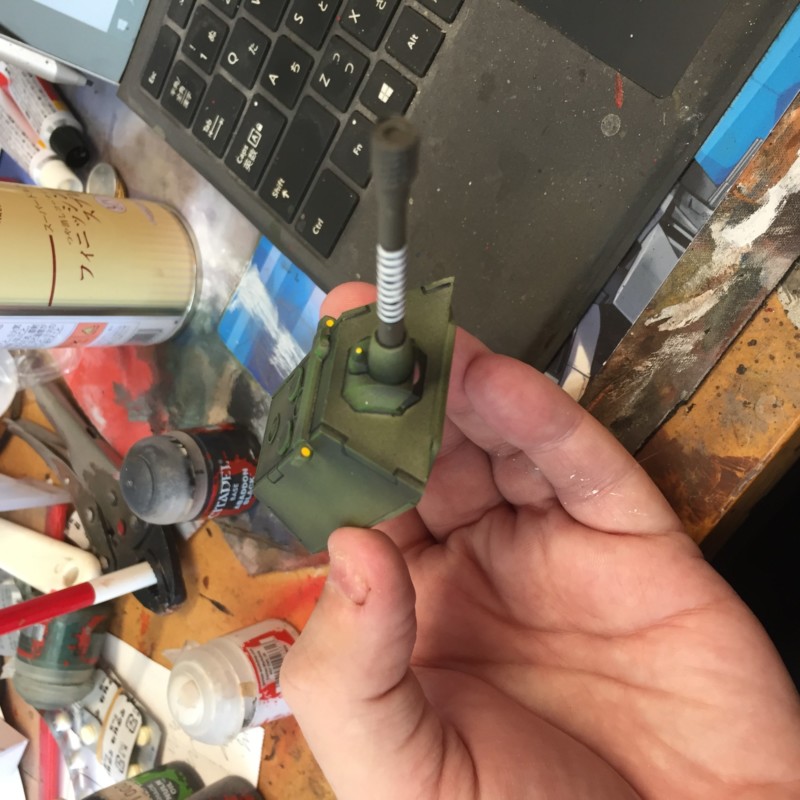

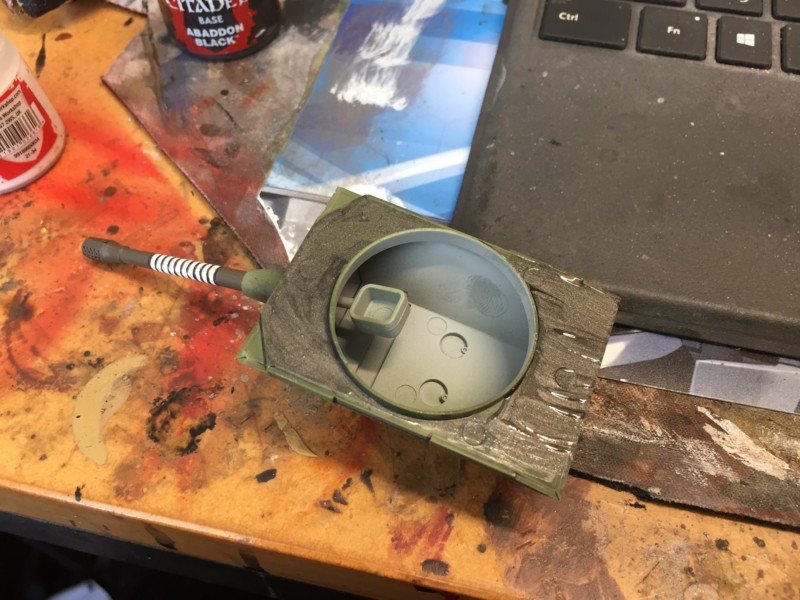

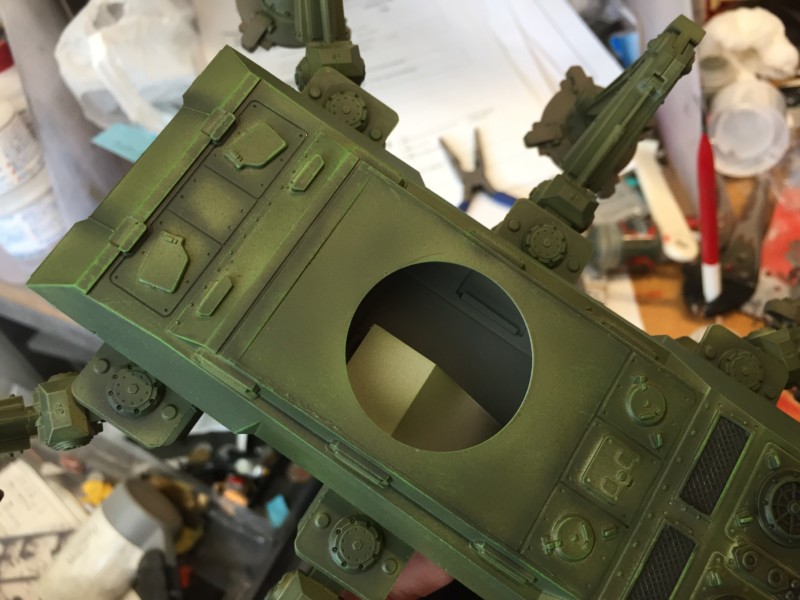

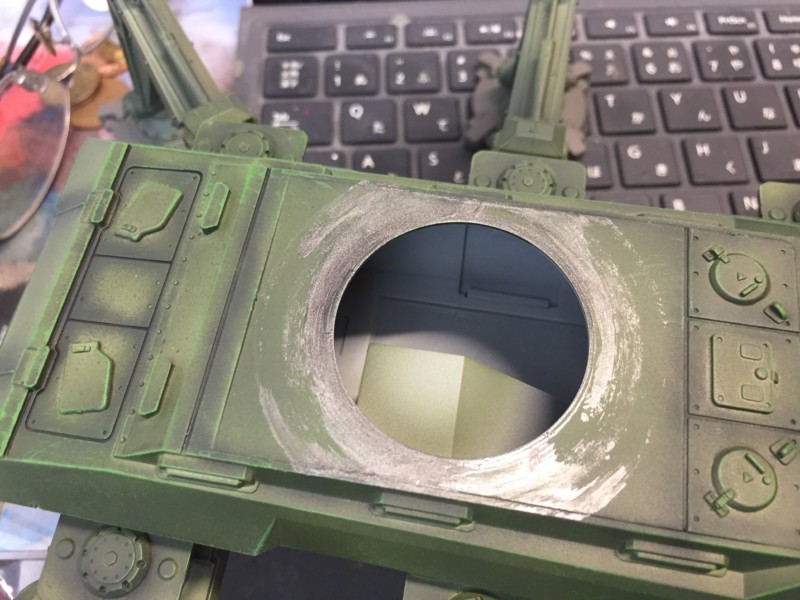



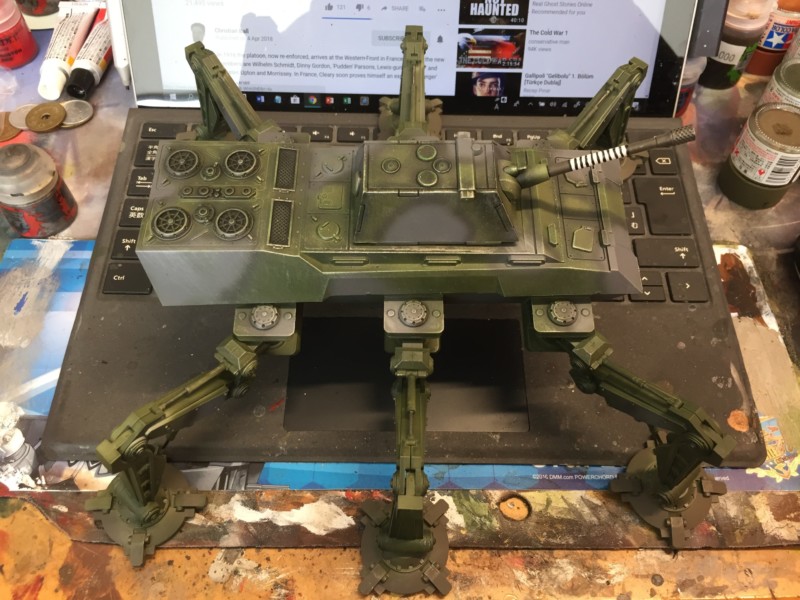



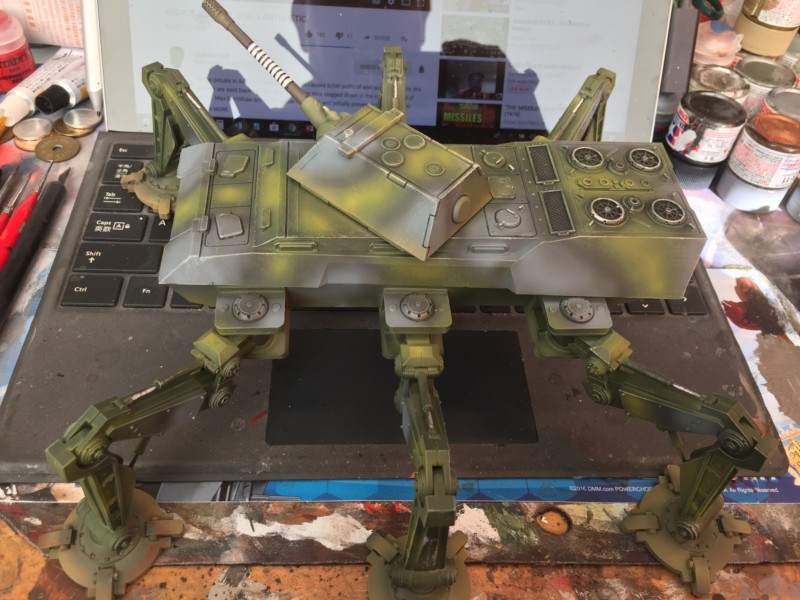

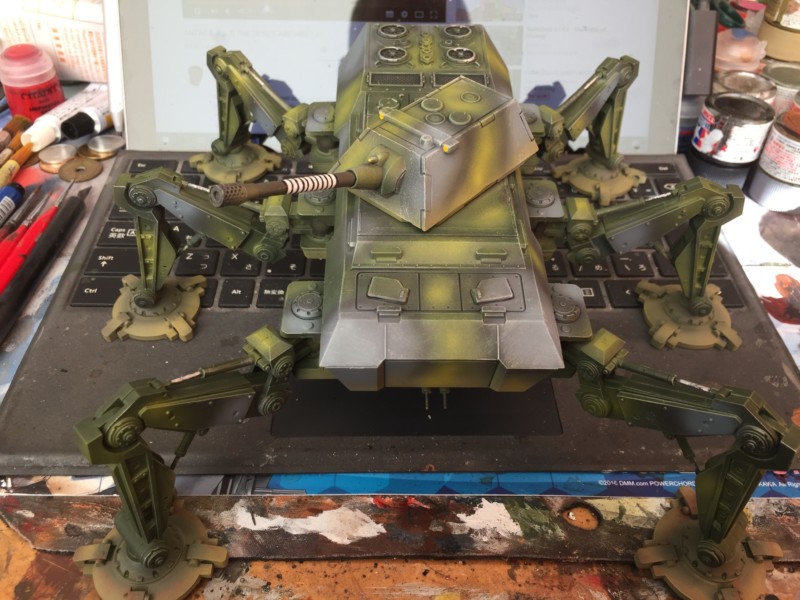

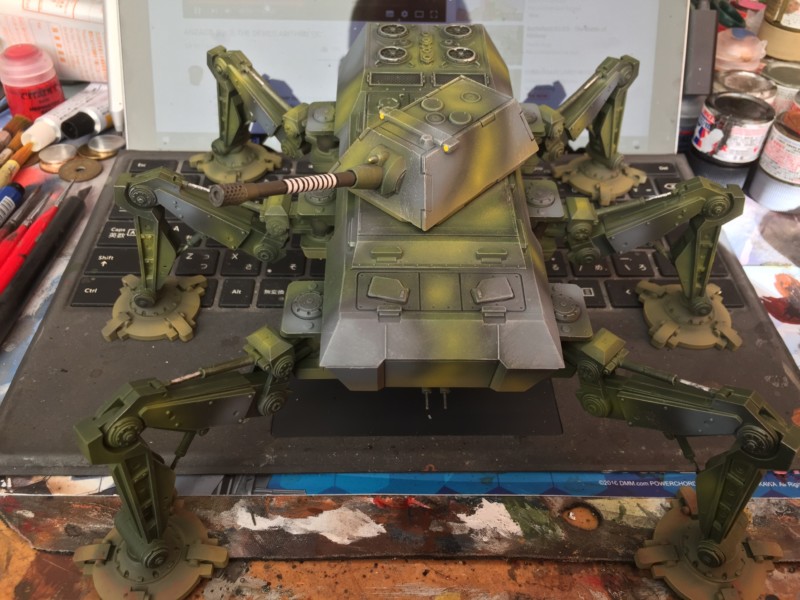

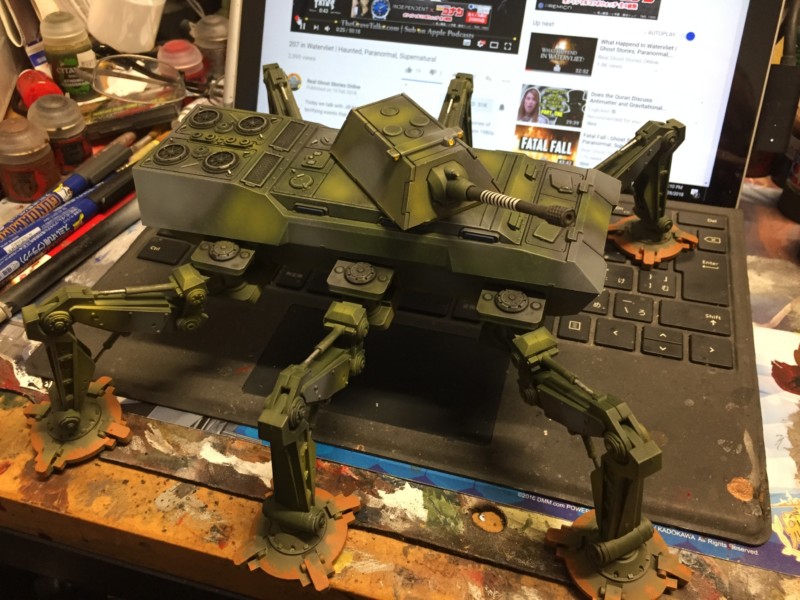

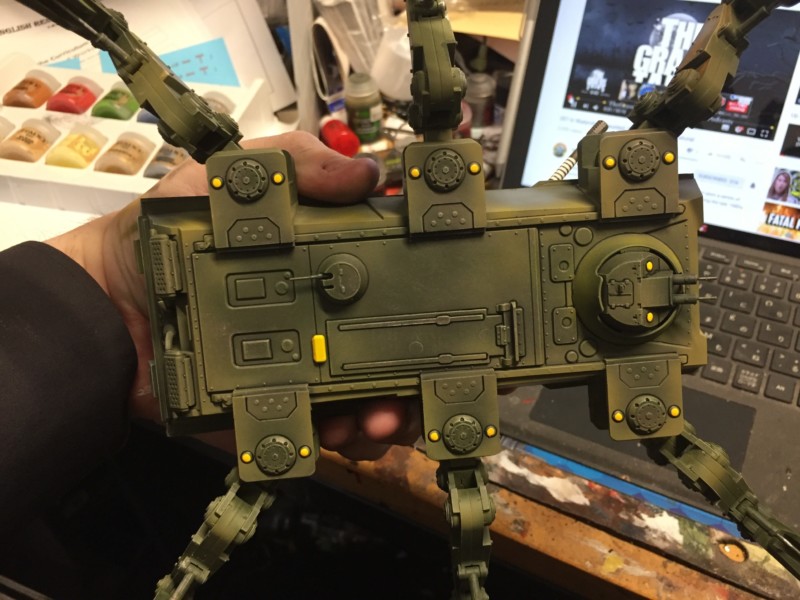



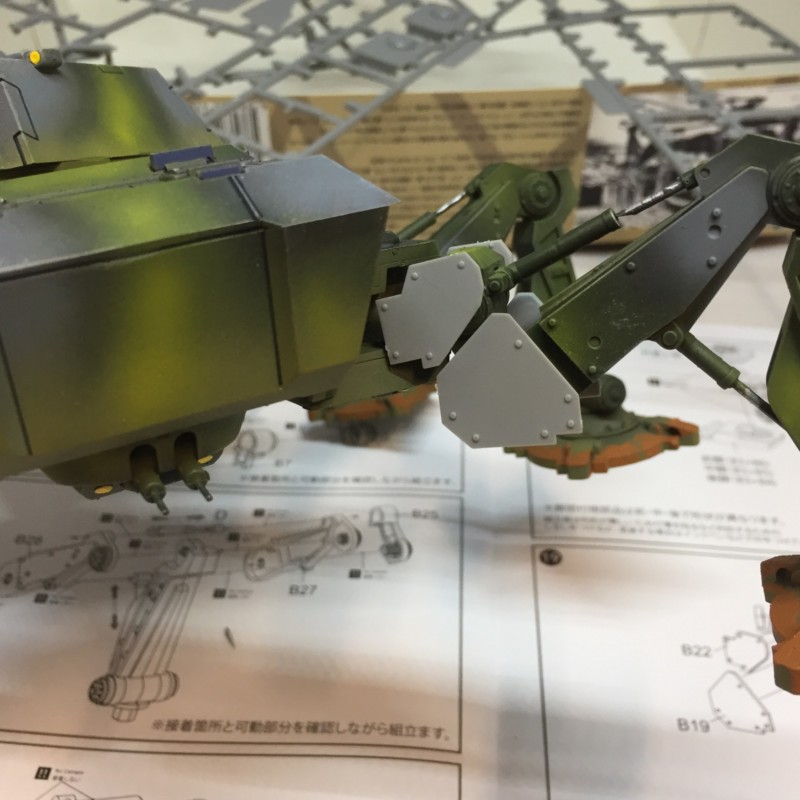

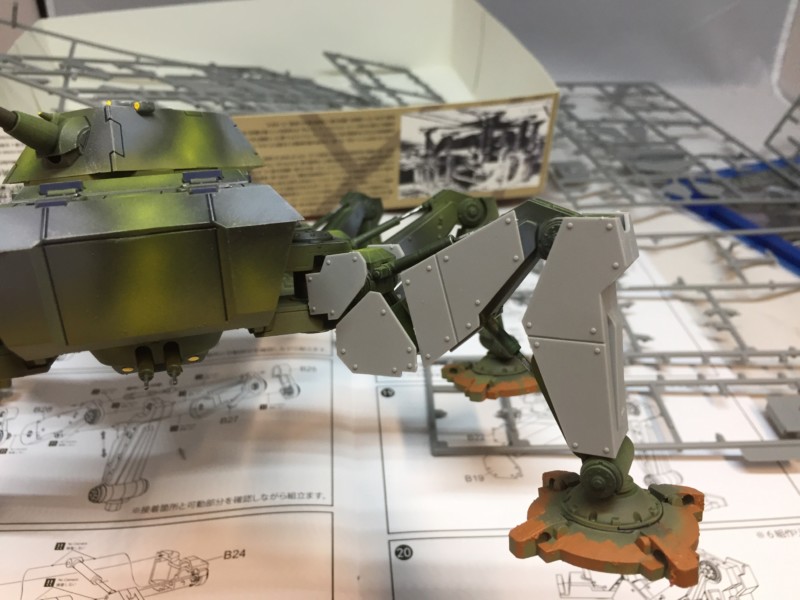

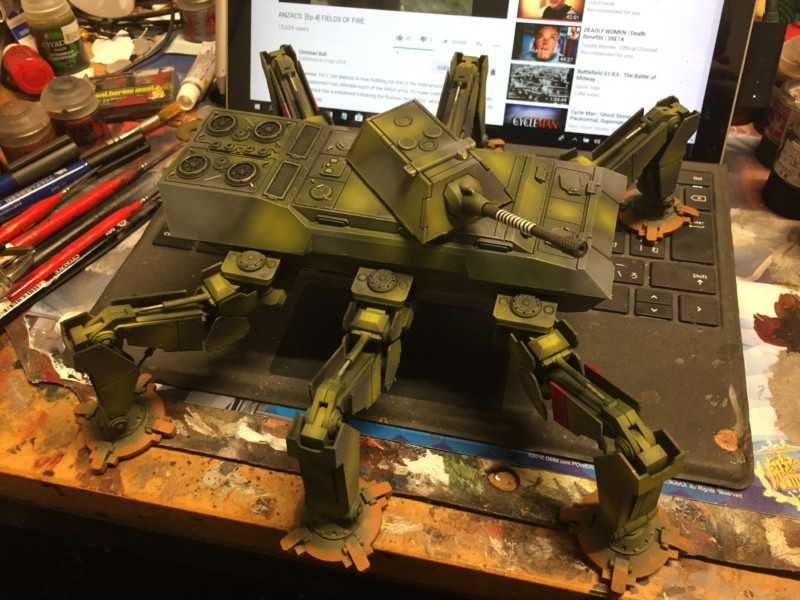

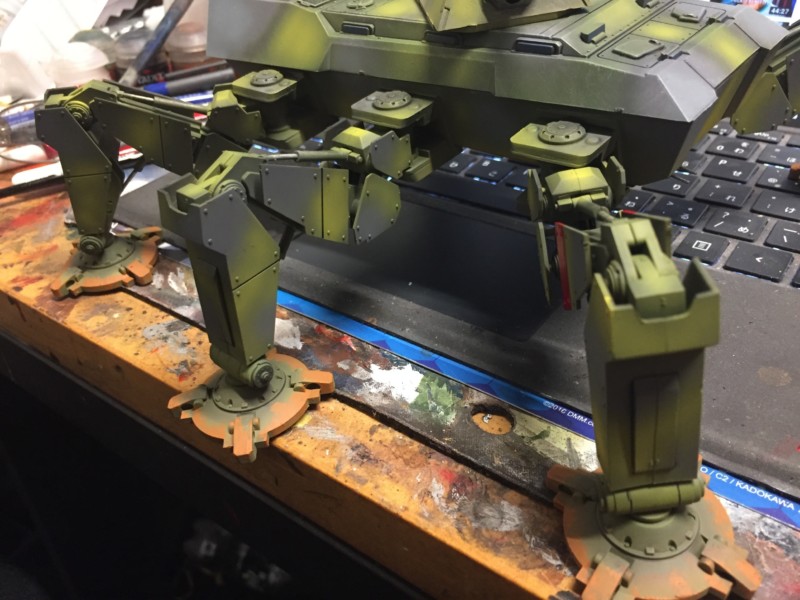

I’m beginning to find over emphasizing the colours on a model to be effective, if not entirely realistic. In this case spotting thin yellow over the green and drybrushing wihite over the grey cammo sections.



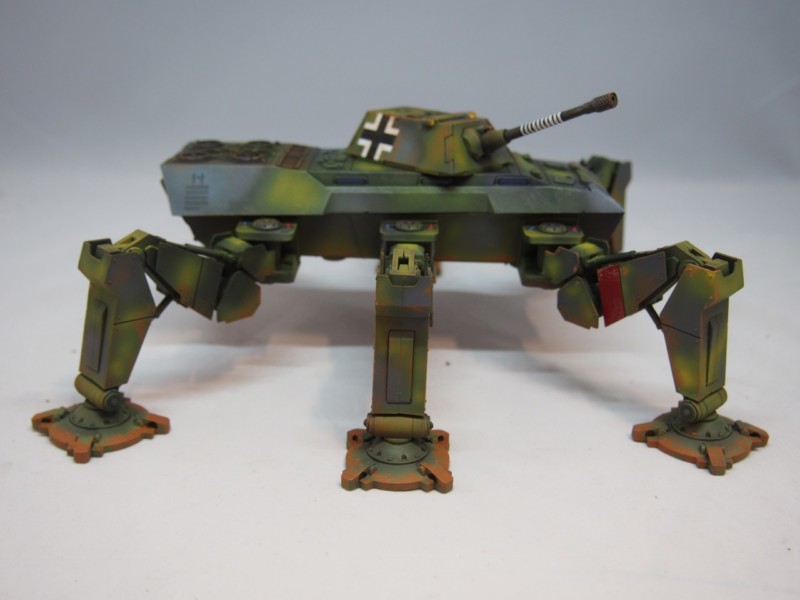

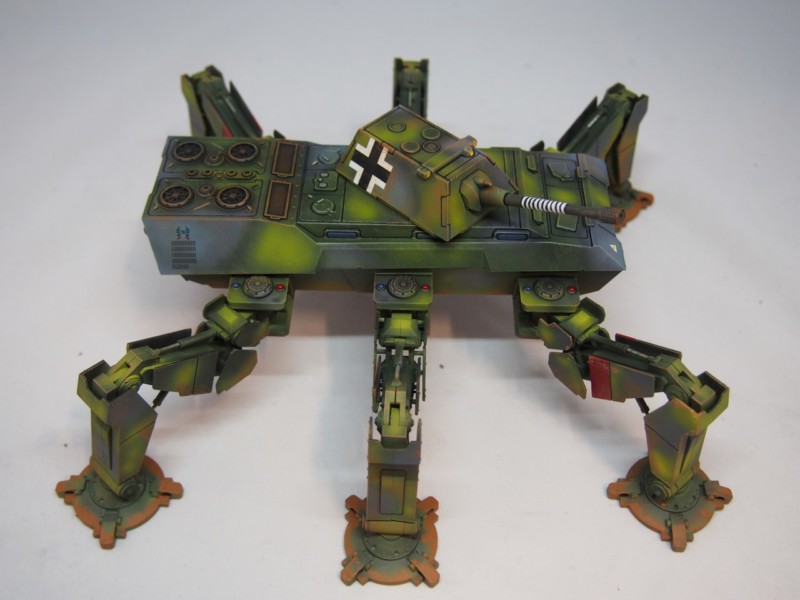

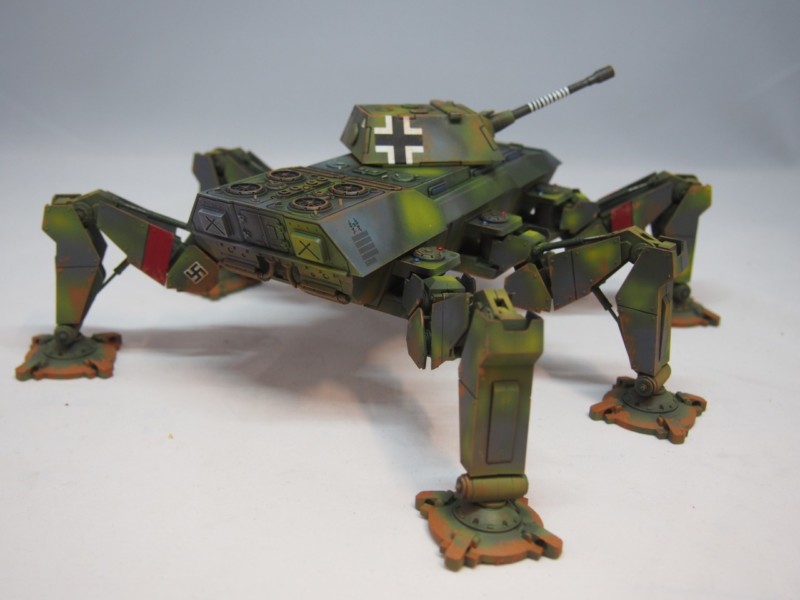

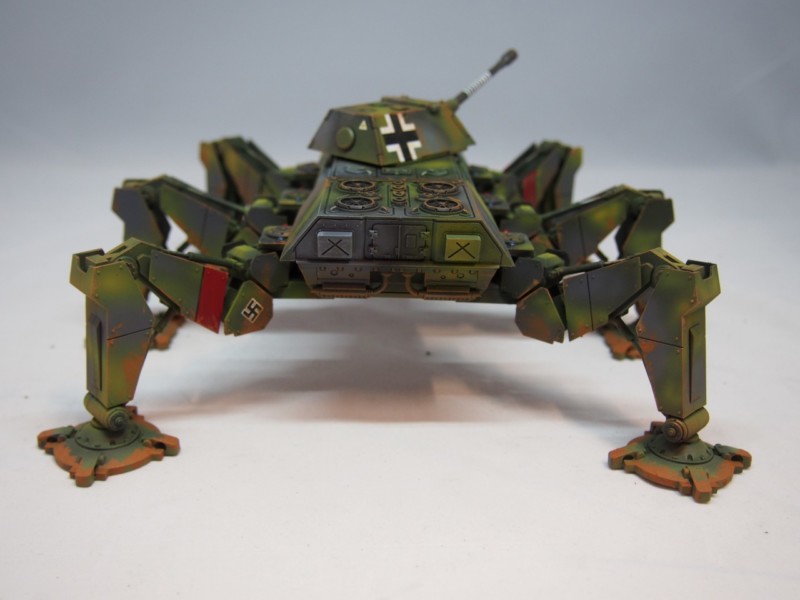



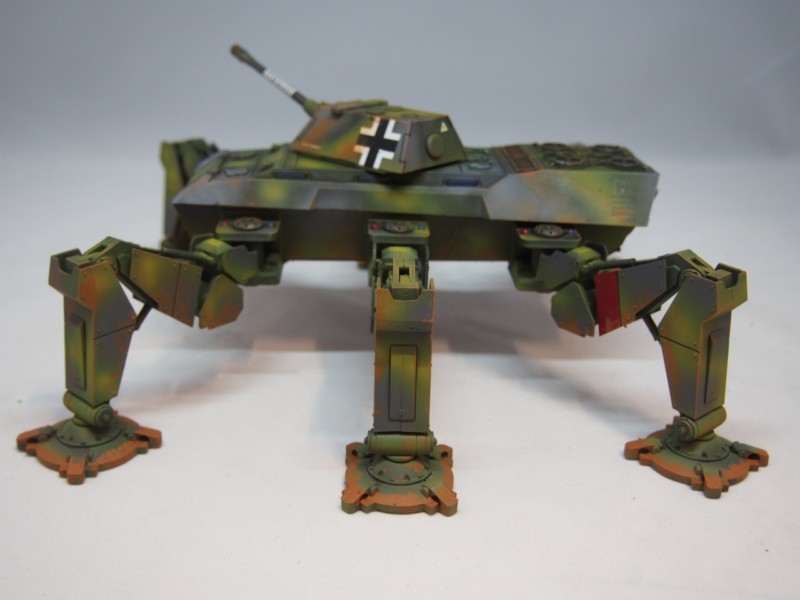

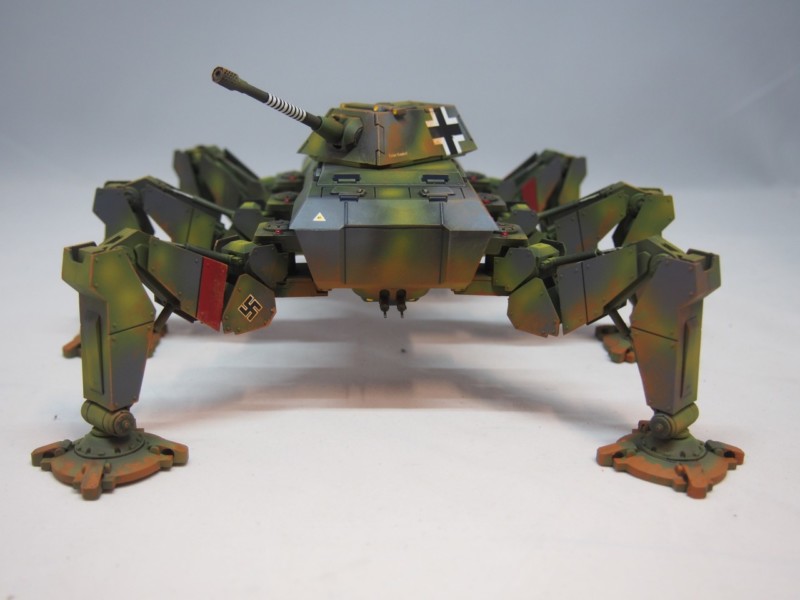

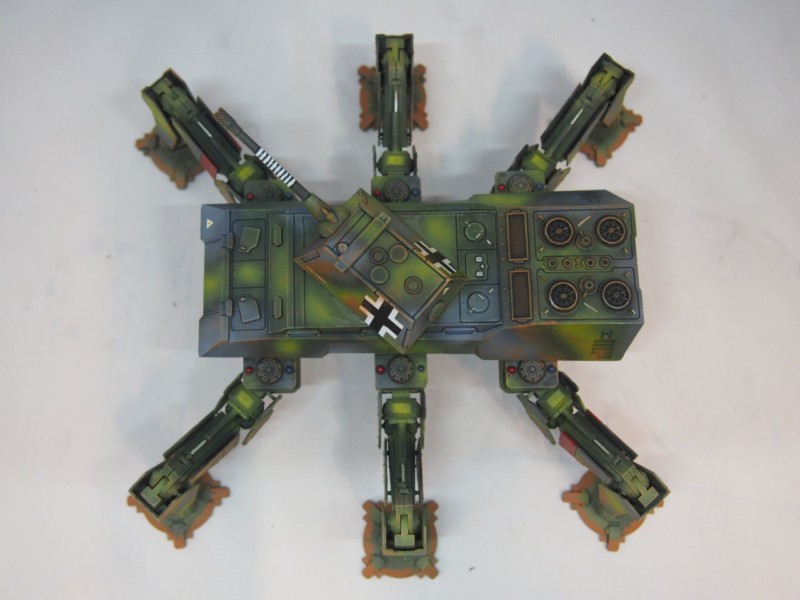

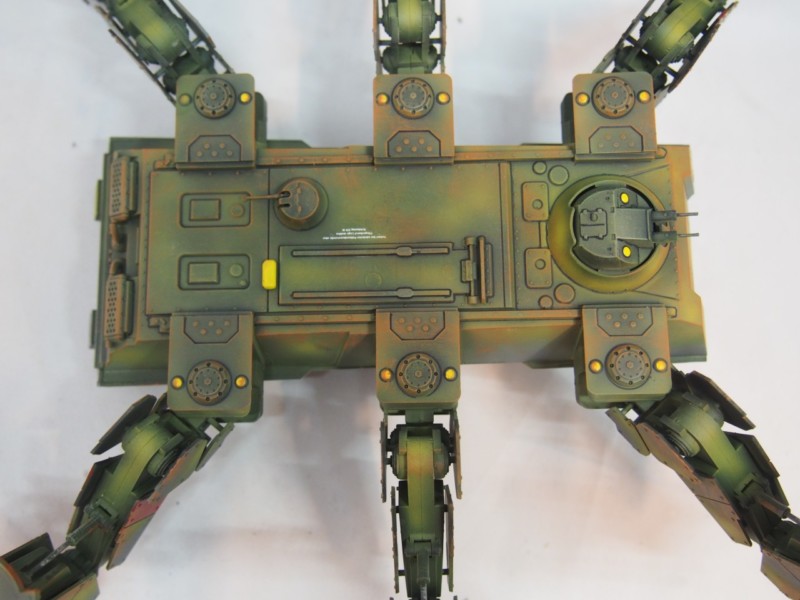

Conclusions
Simple? Yes. Without established lore? Possibly. a magnificent kit? Totally.
Rocket Model are a company that deserve supporting. Partly as their own kits are very interesting in and of themselves, but partly as they represent a wealth of kitbashing options for builders *cough* Ma.Kers *cough* 😉
Dr. Robodaz
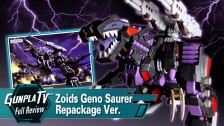
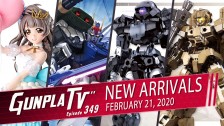


![HG MAILeS Byakuchi Review [Kyoukai Senki]](https://hobbylink.tv/wp-content/uploads/2021/10/hg-byakuchi-review-224x126.jpg)


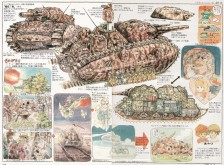

Khai
I must say that turret is ridiculously small when compare to the hull
Robodaz
The enormous decal does not help much either.
Malak_Al_Rahim
Any other models from this company?
Robodaz
Plenty more, but each one does not stay in production long.
Also, I see only rare re-issues.
HLJ will always get then on initial release though.